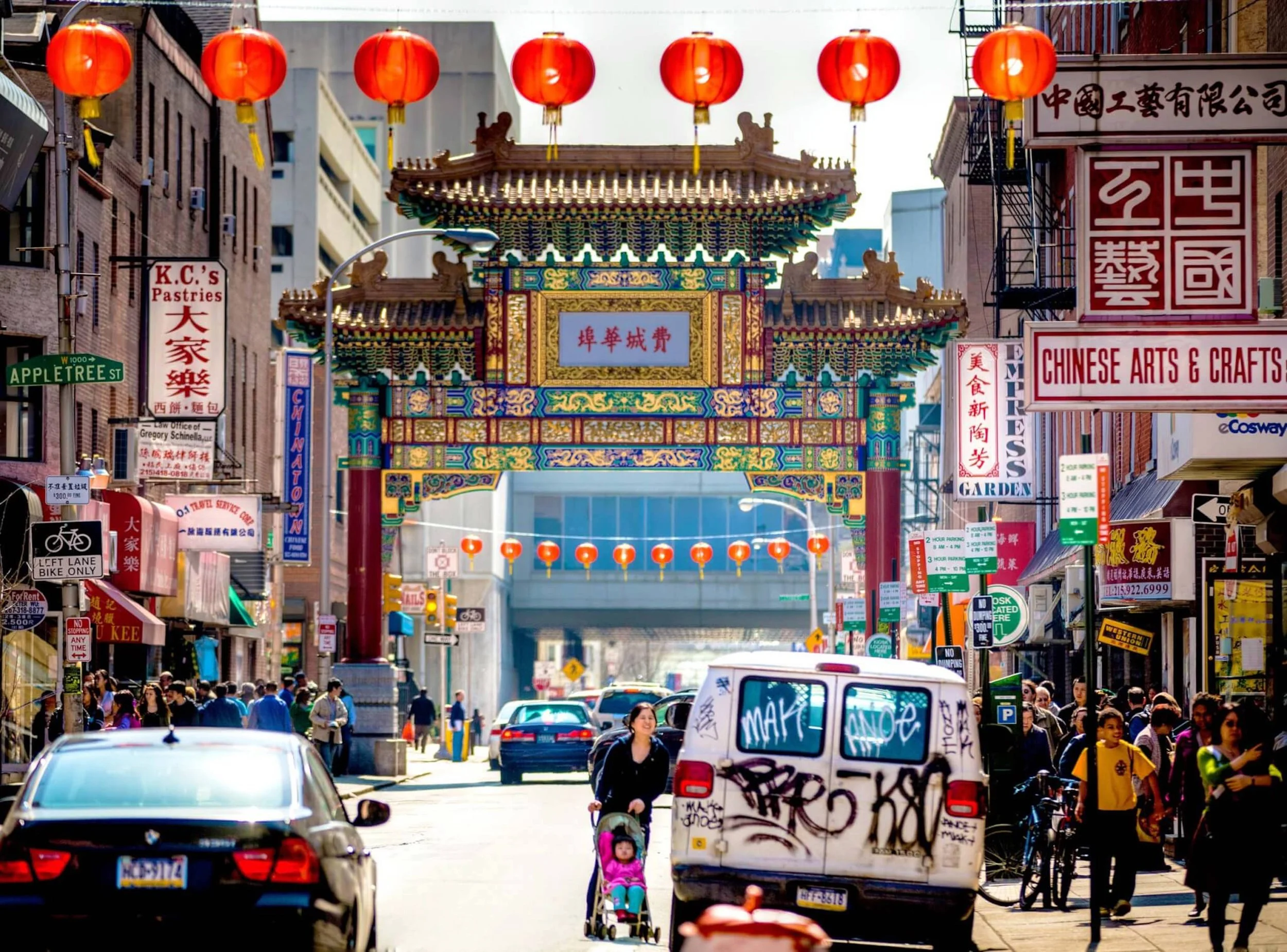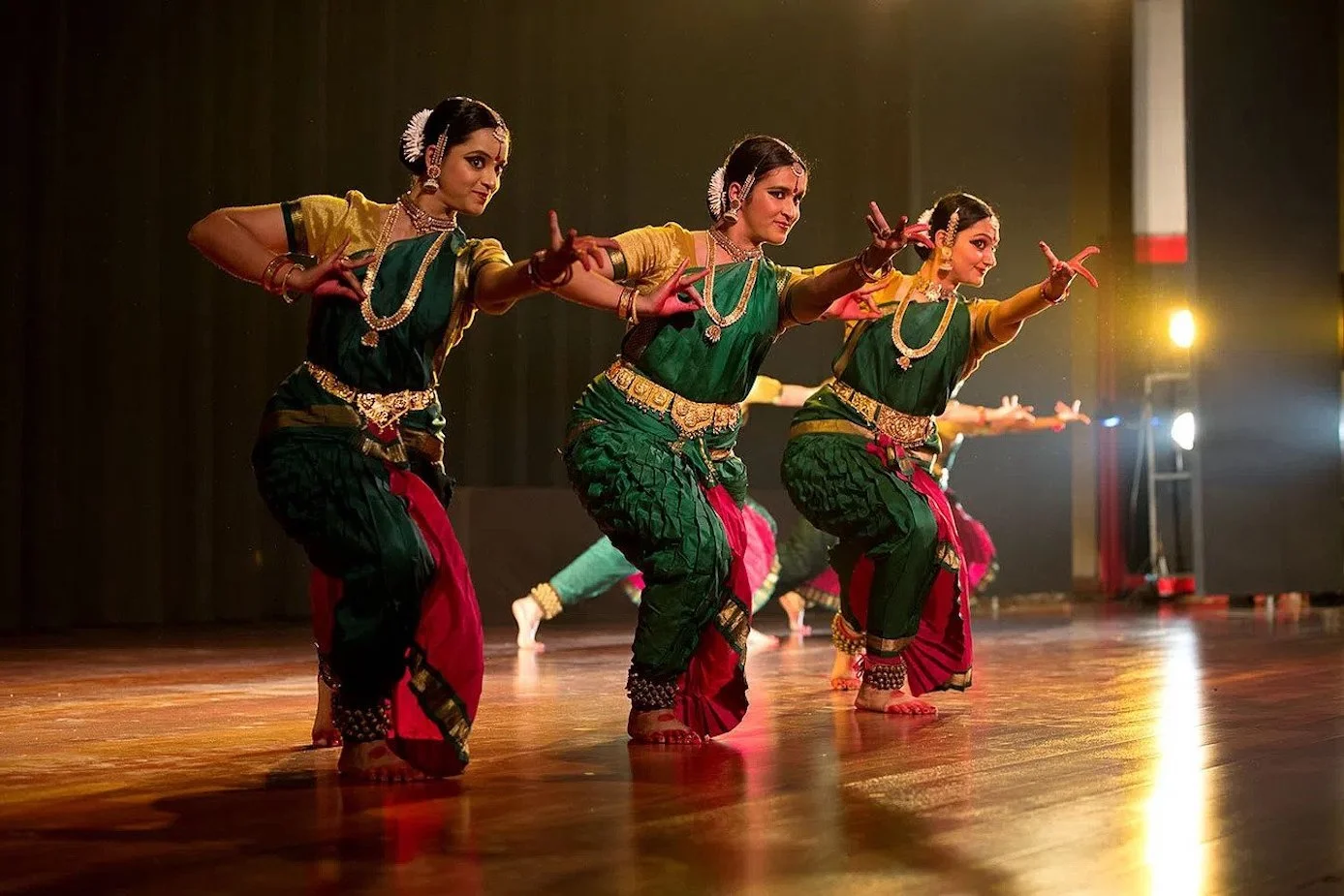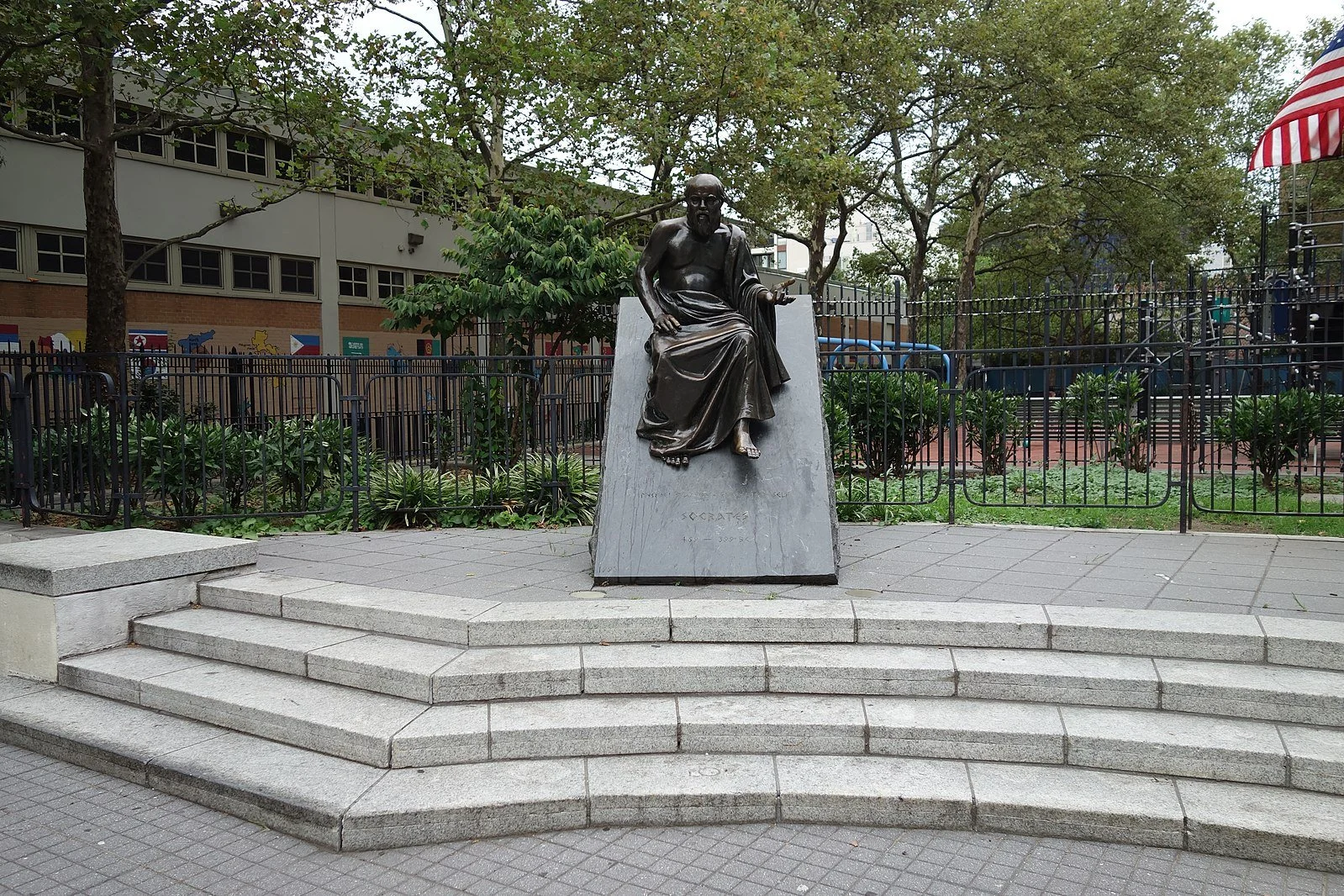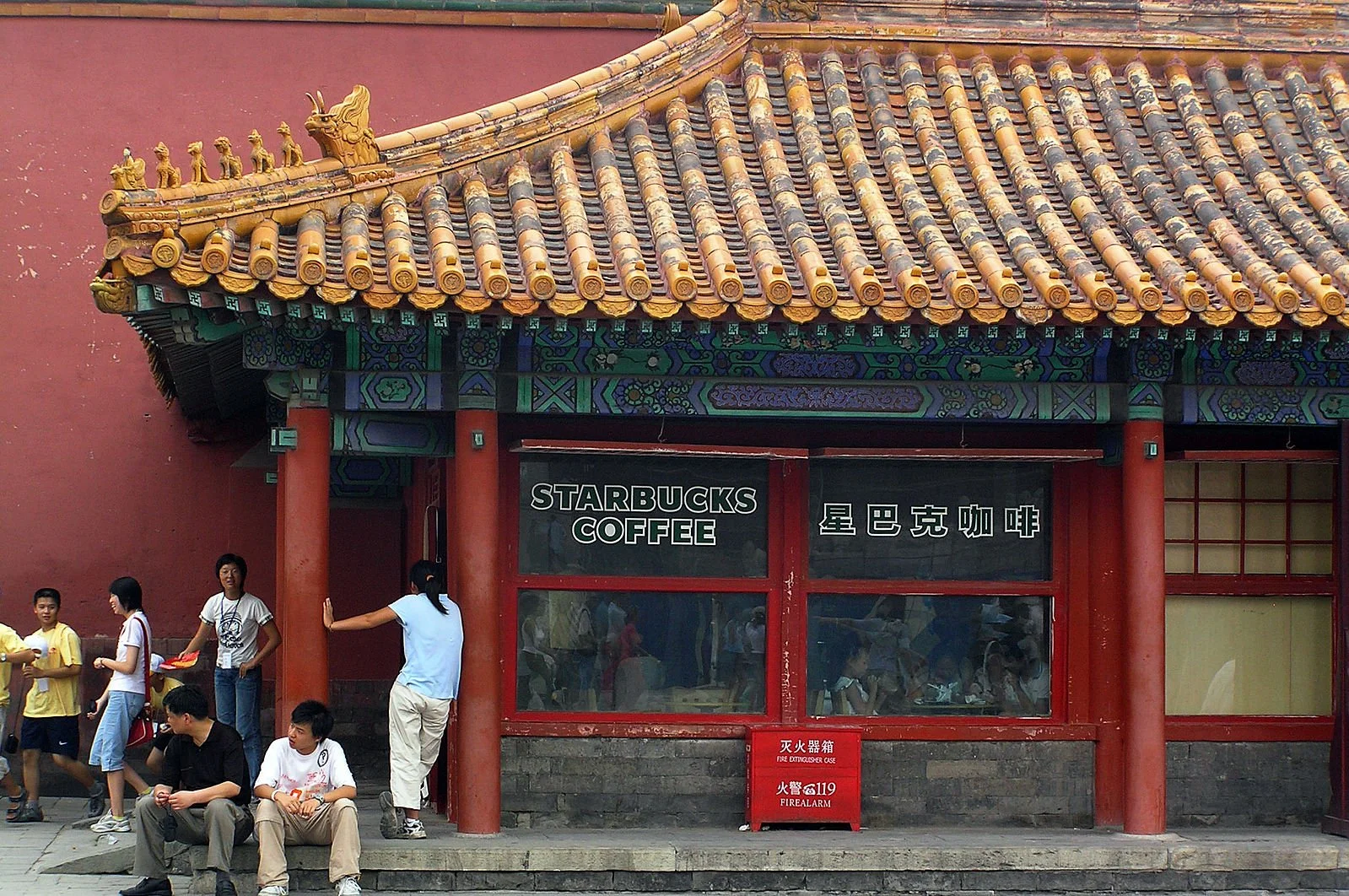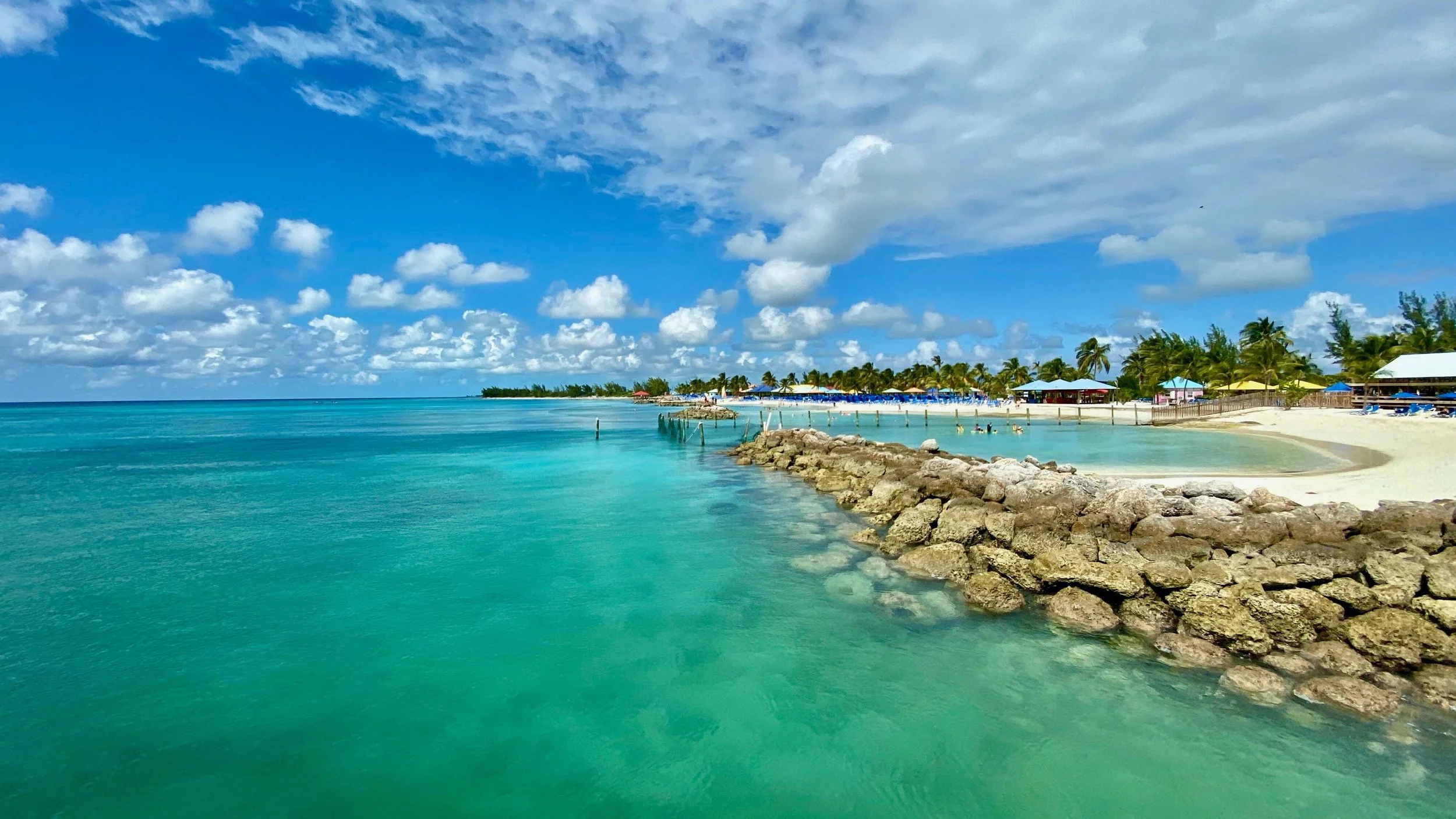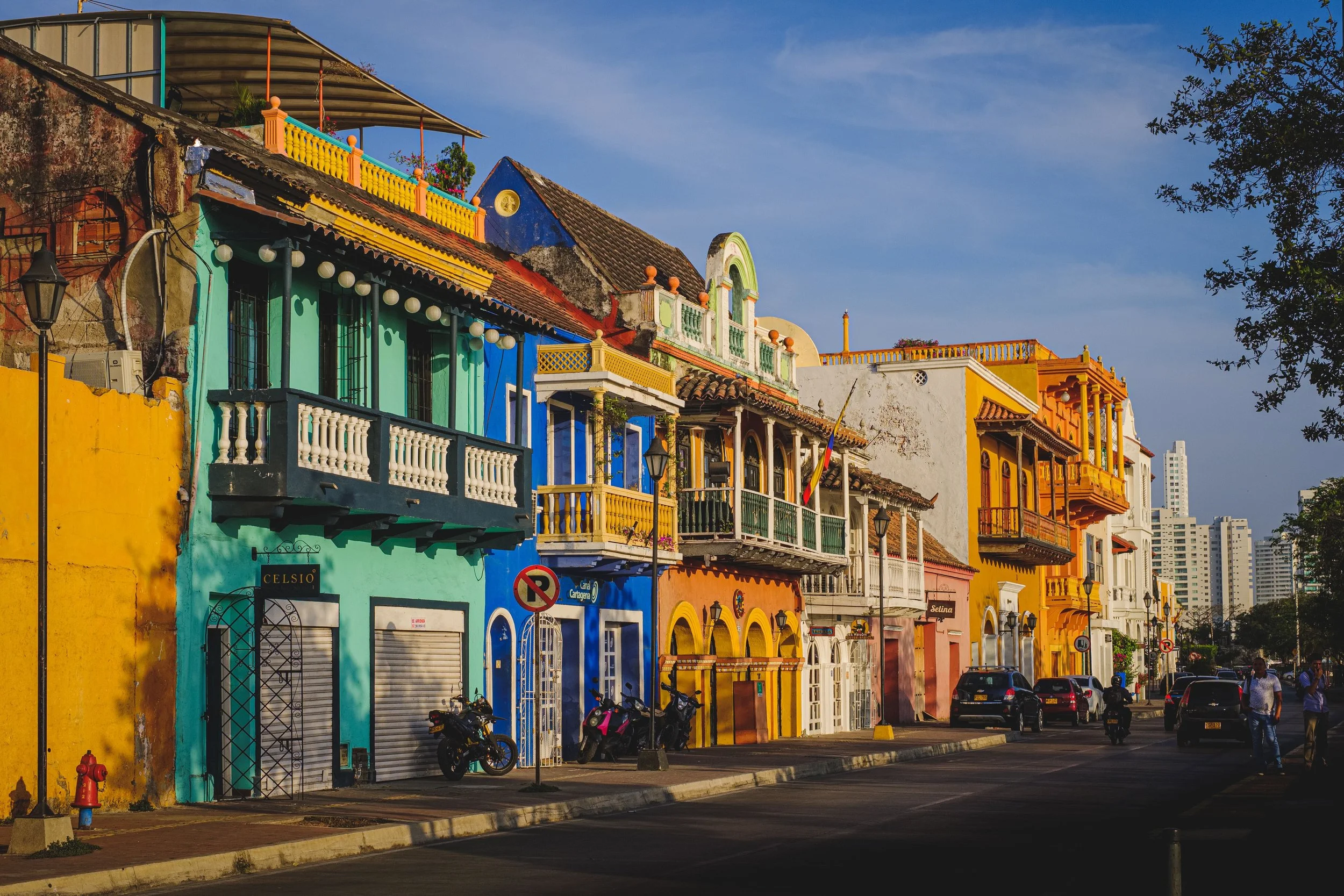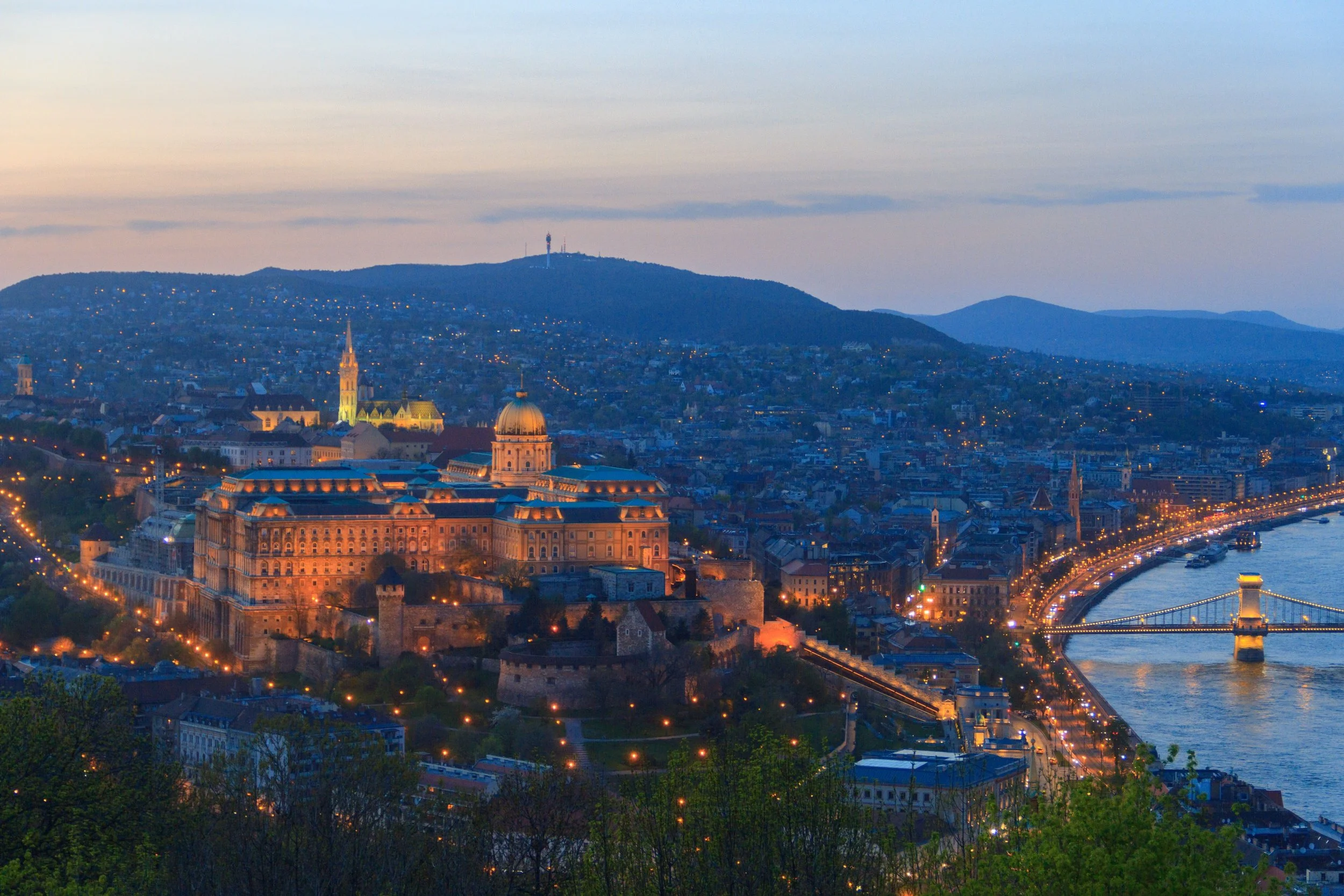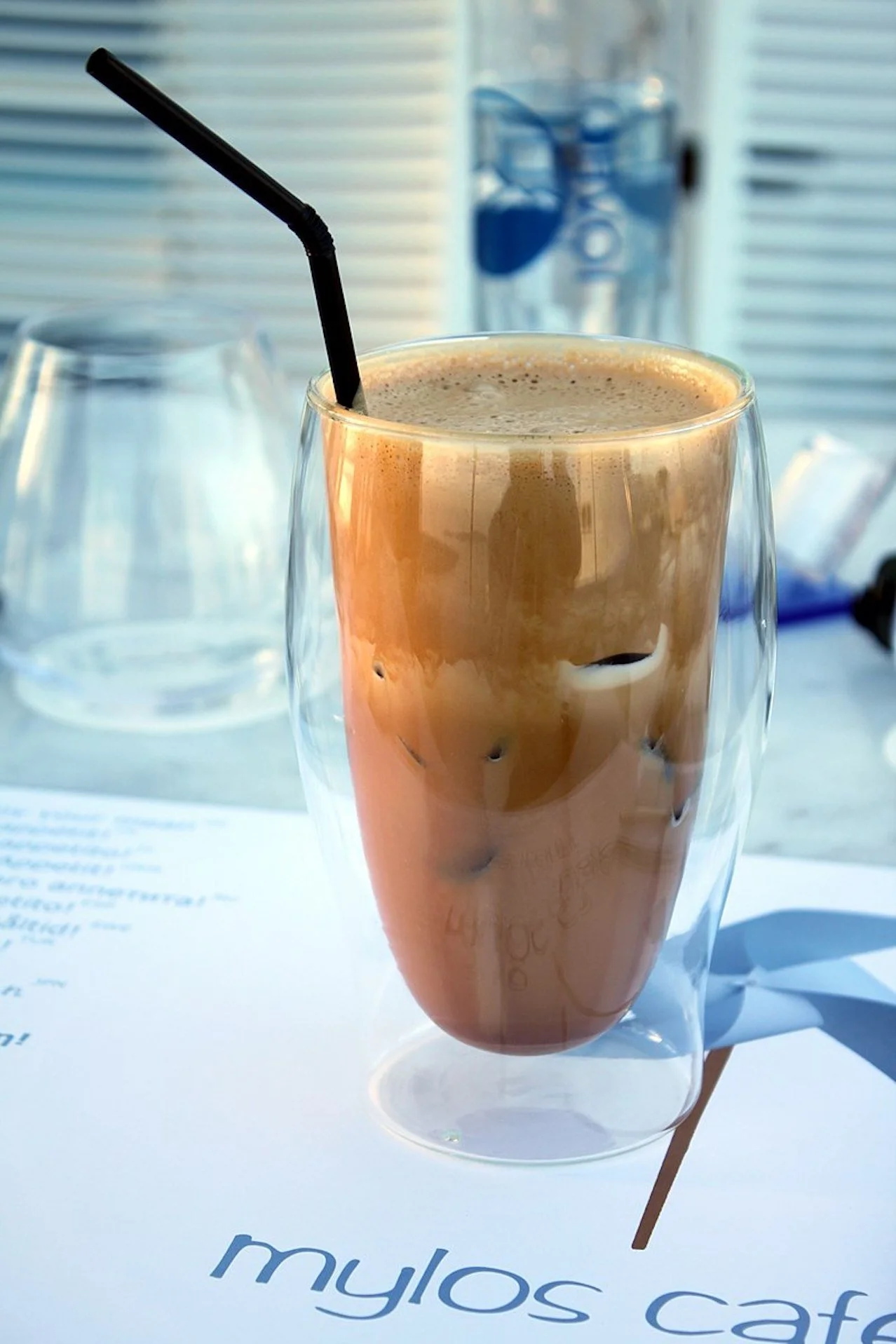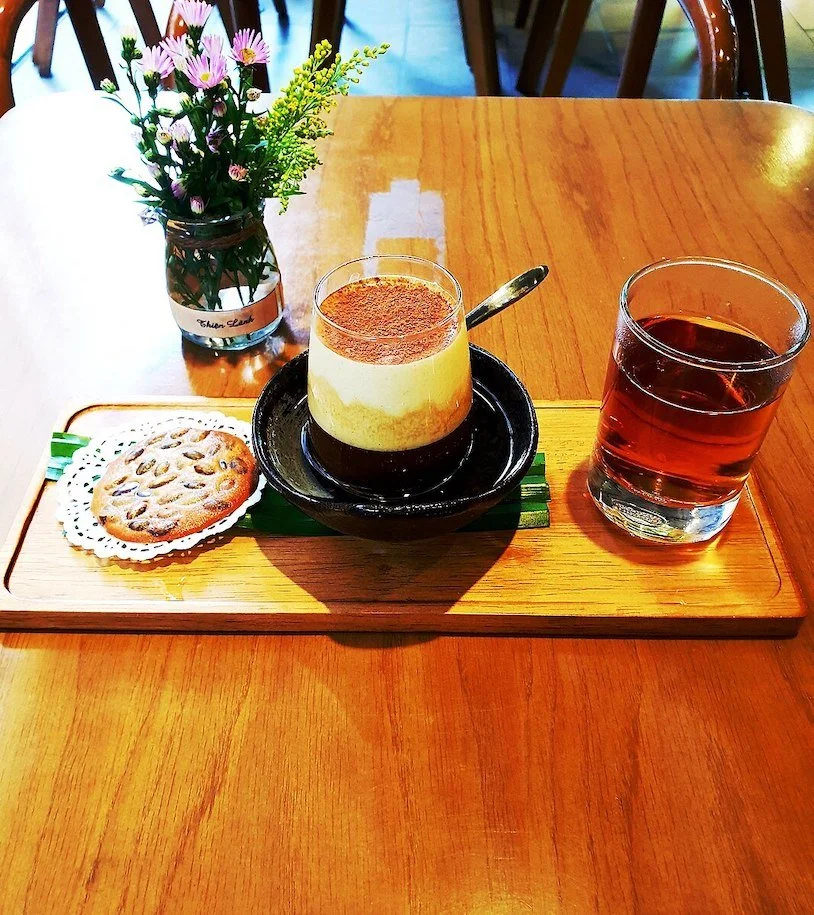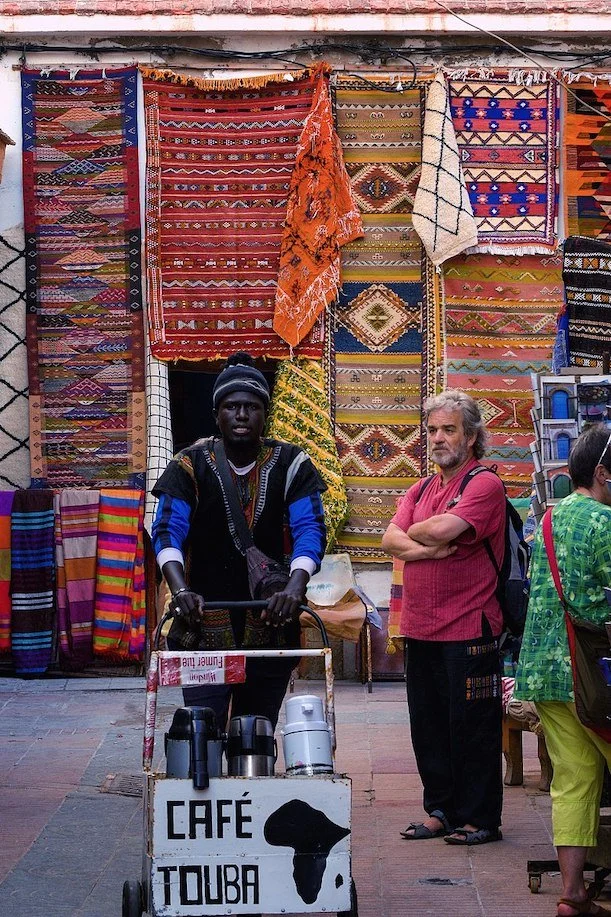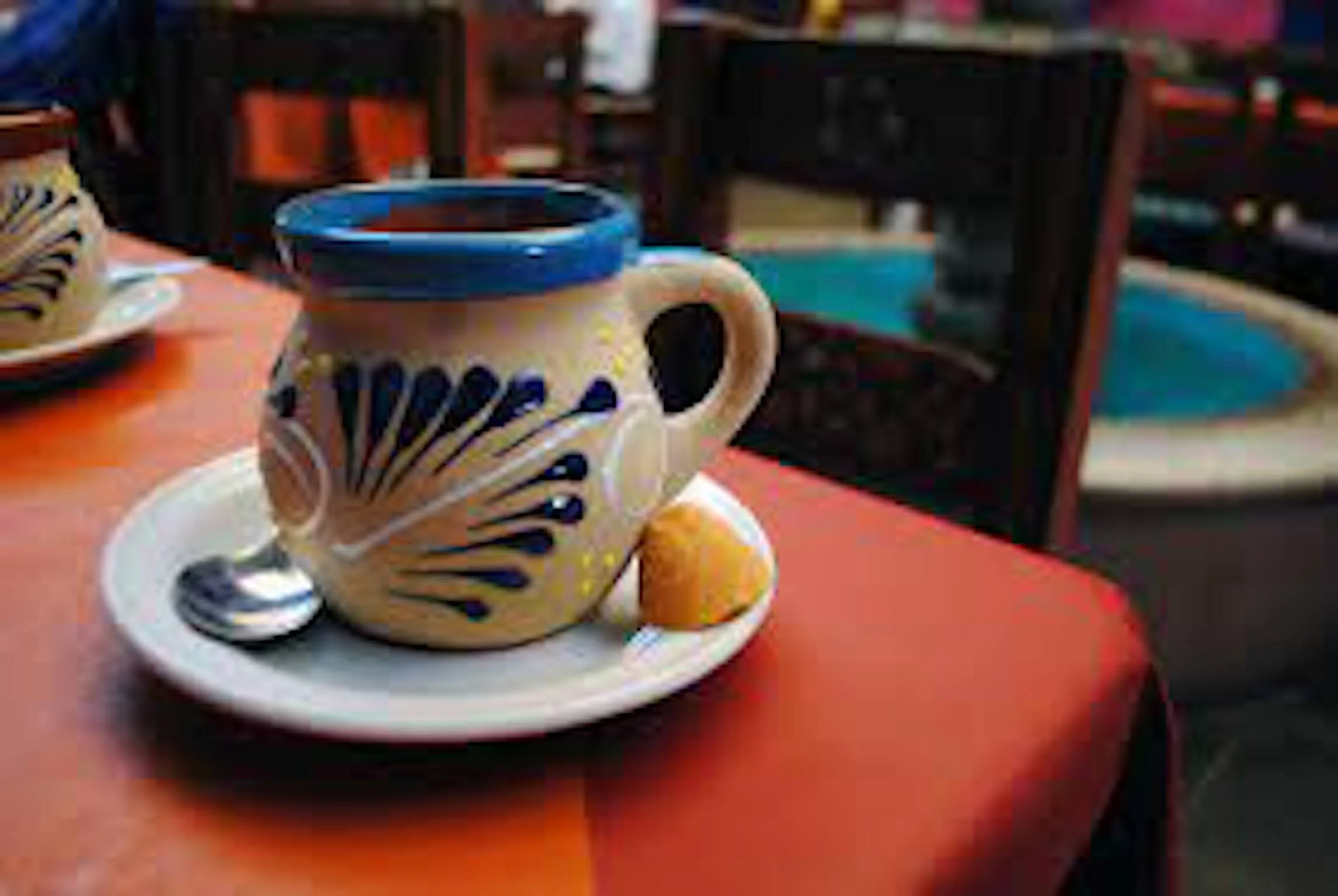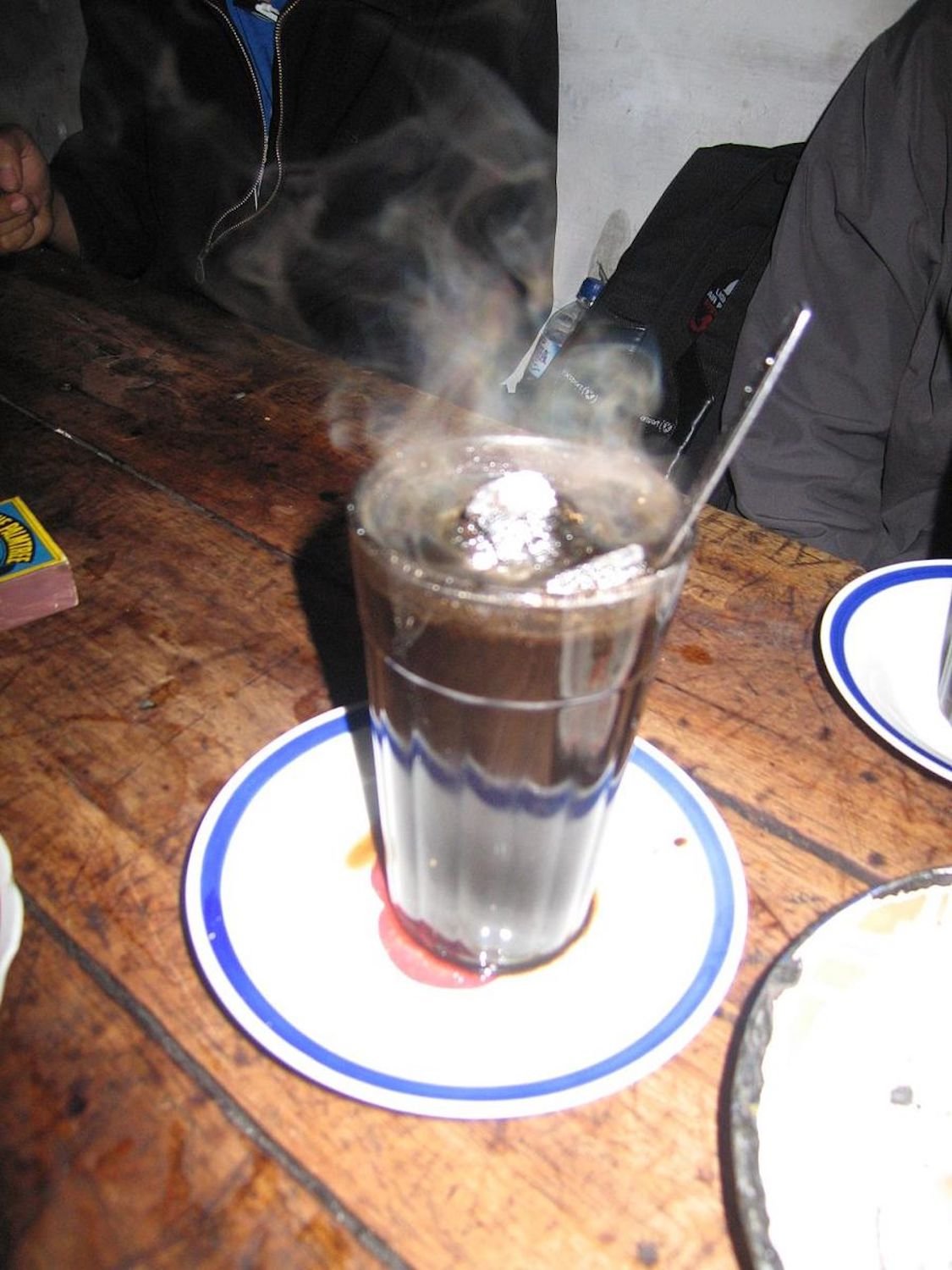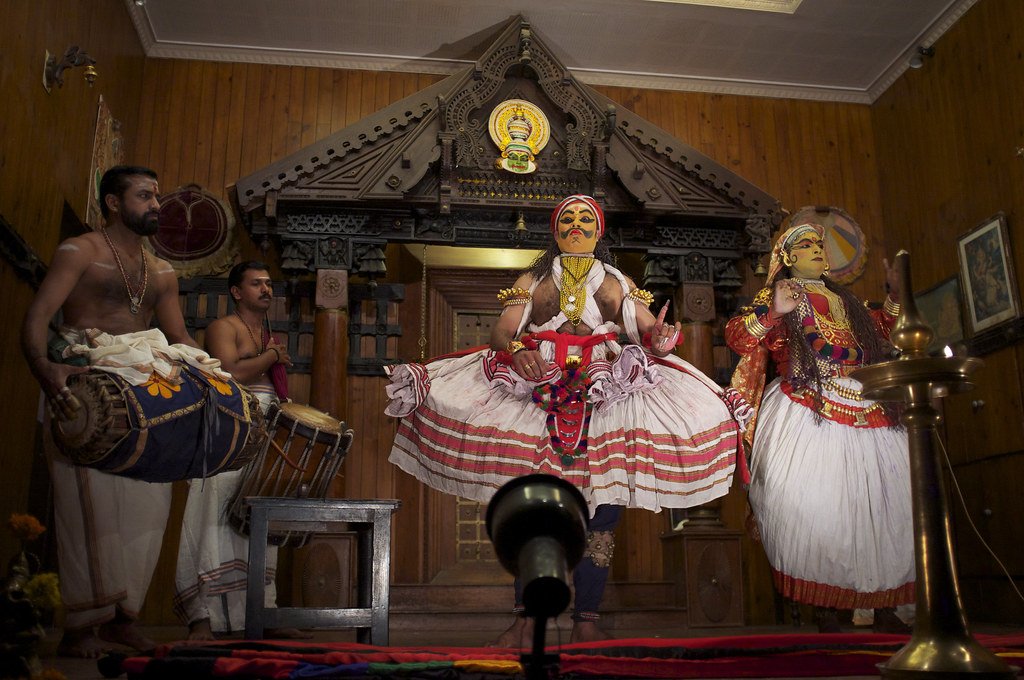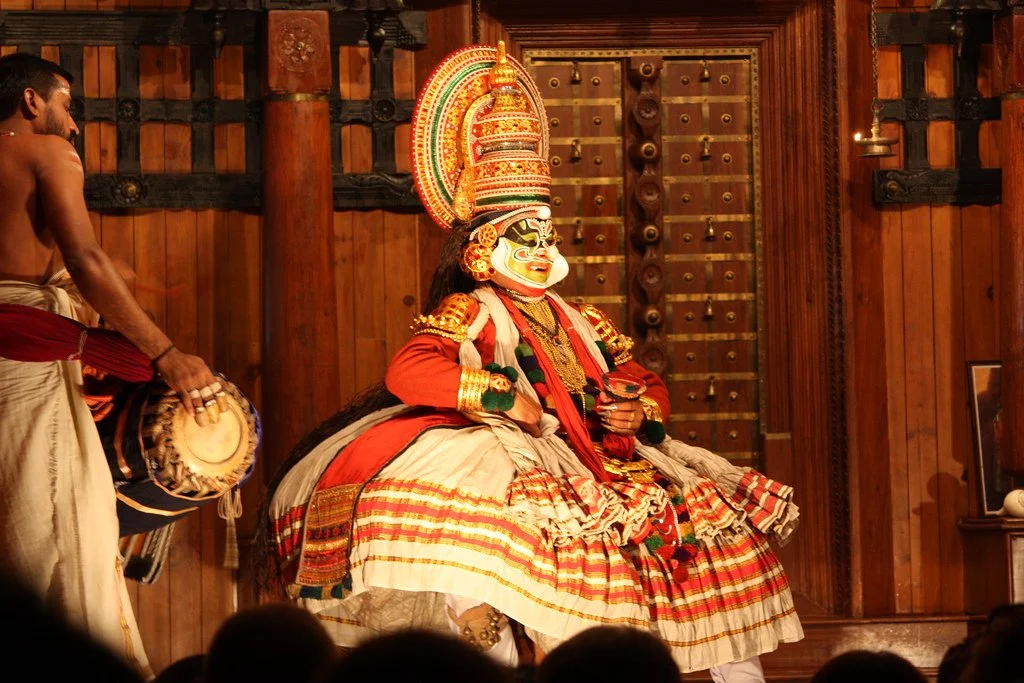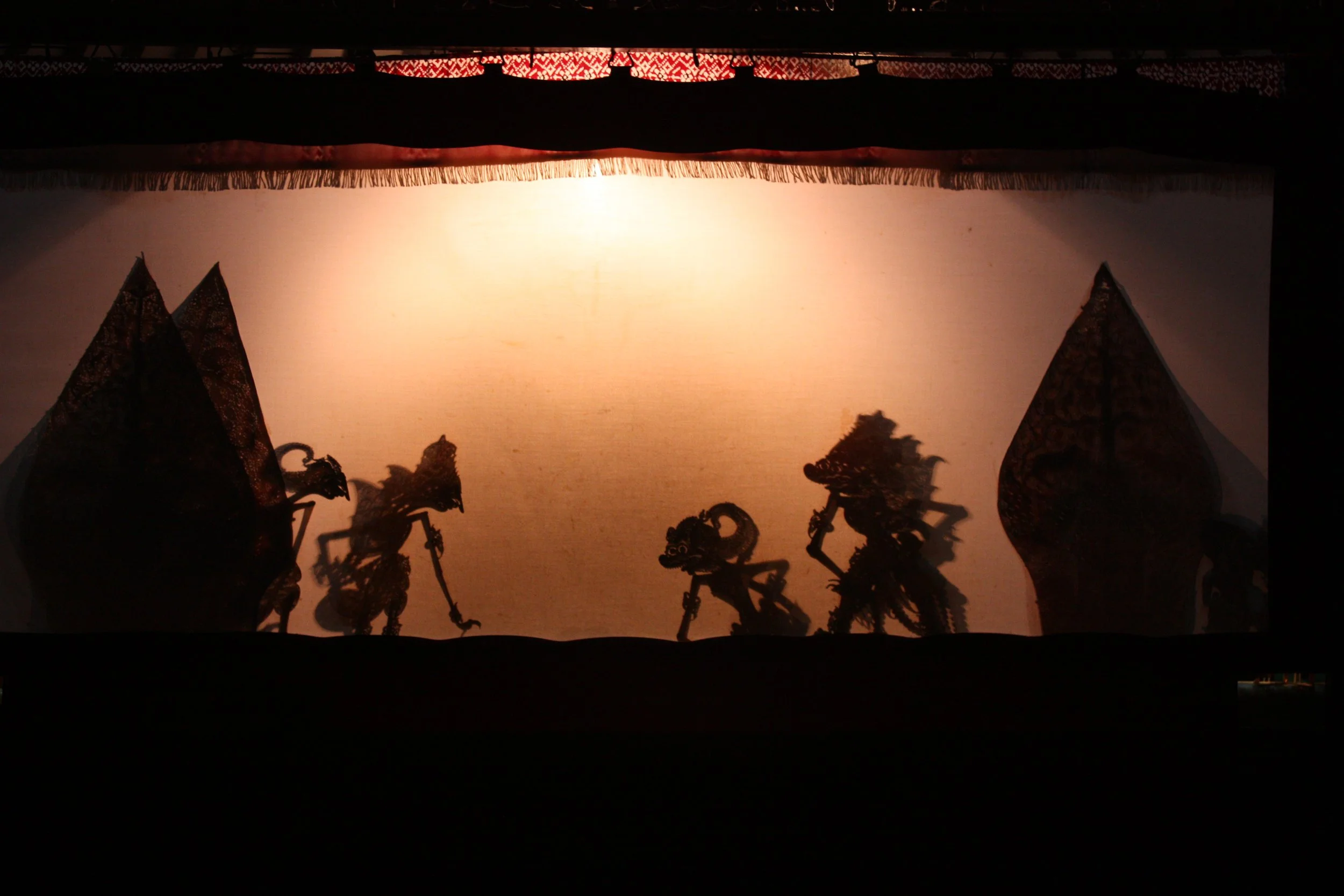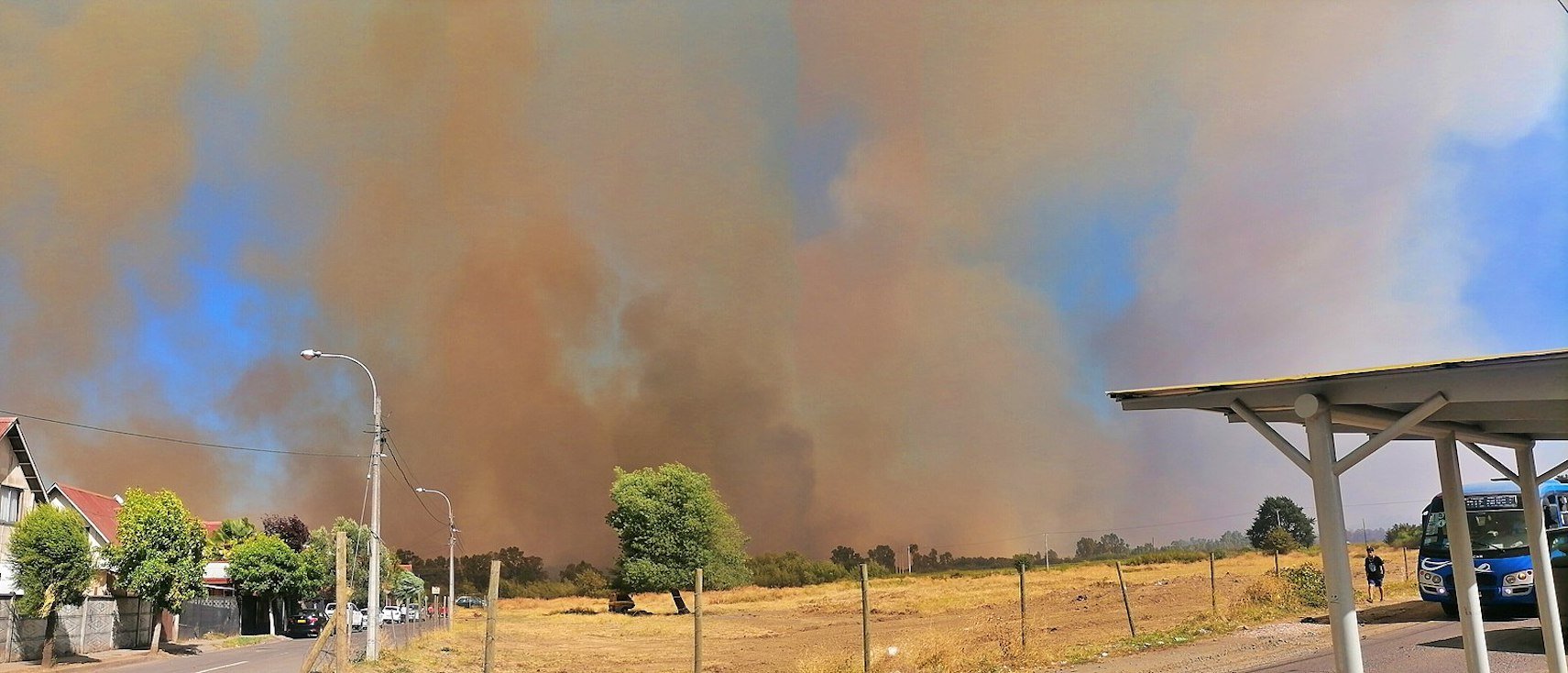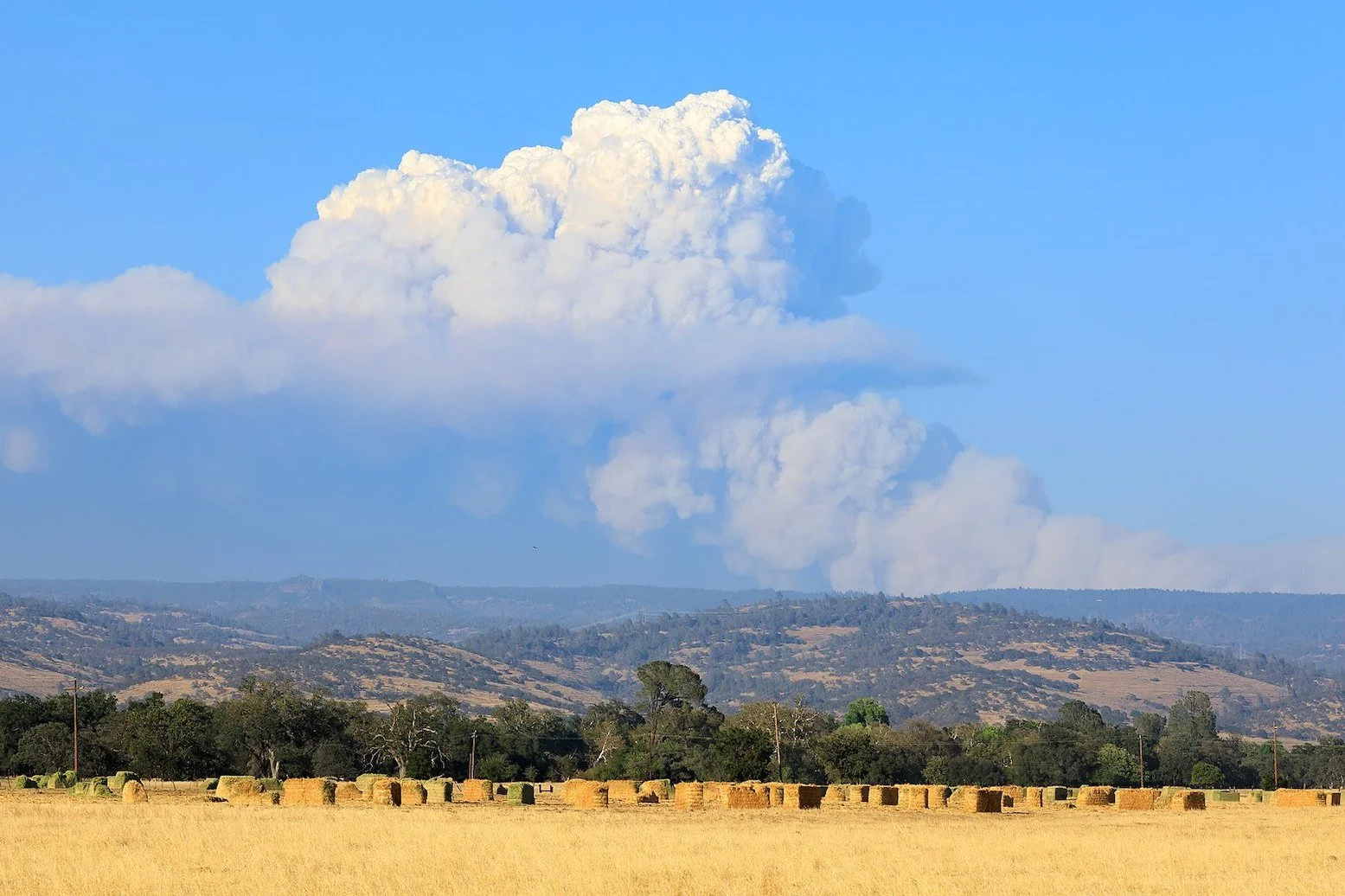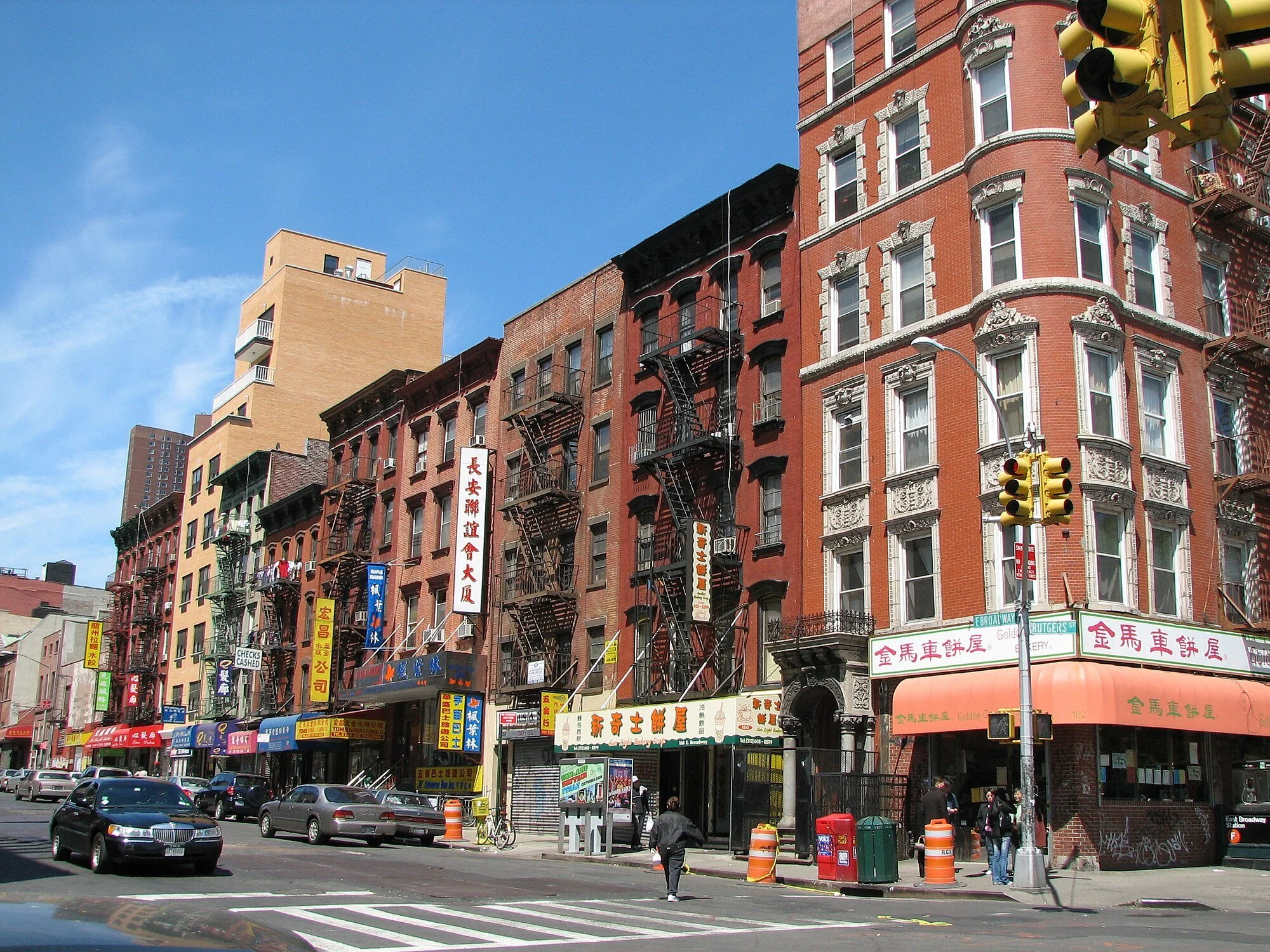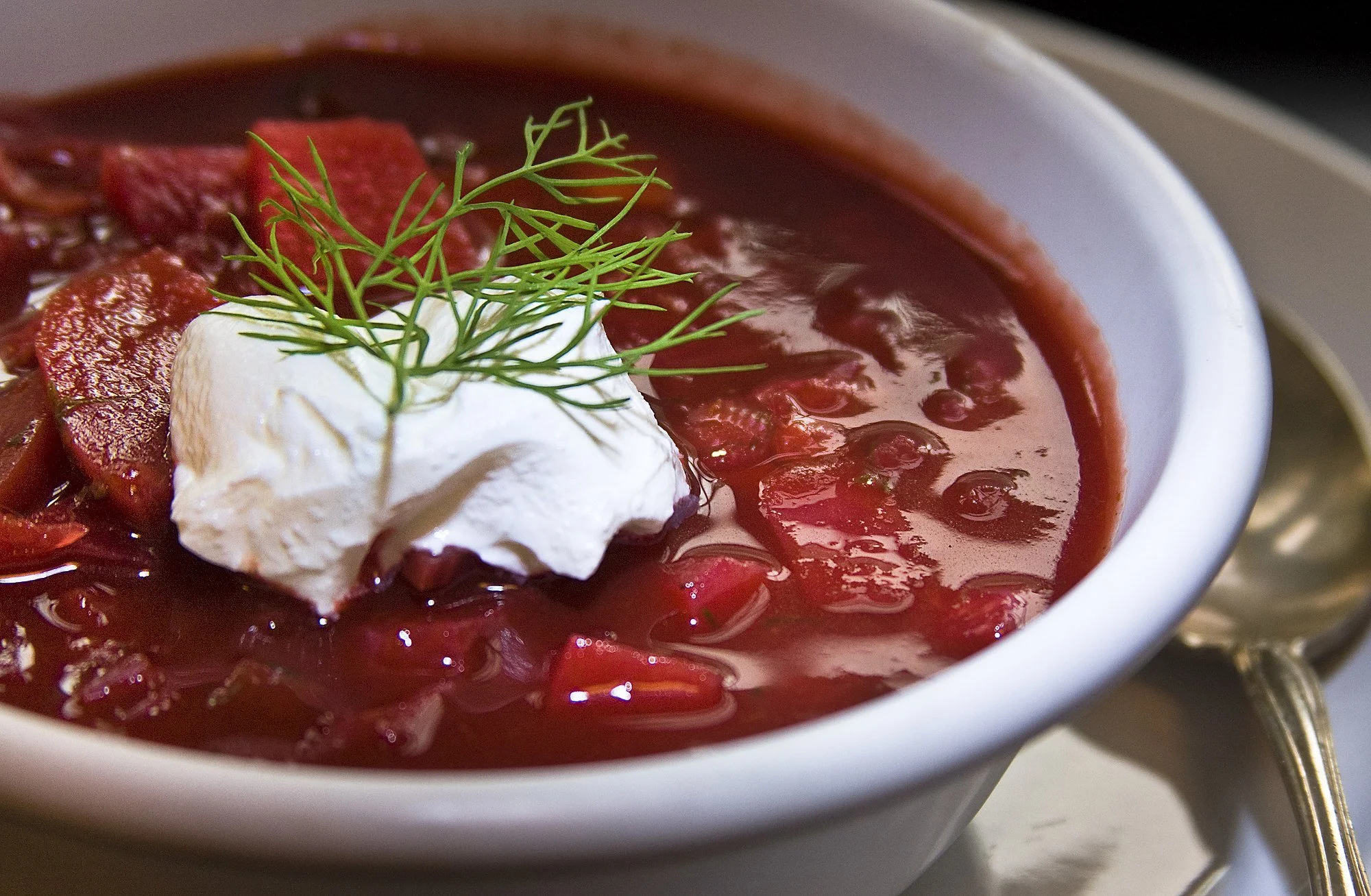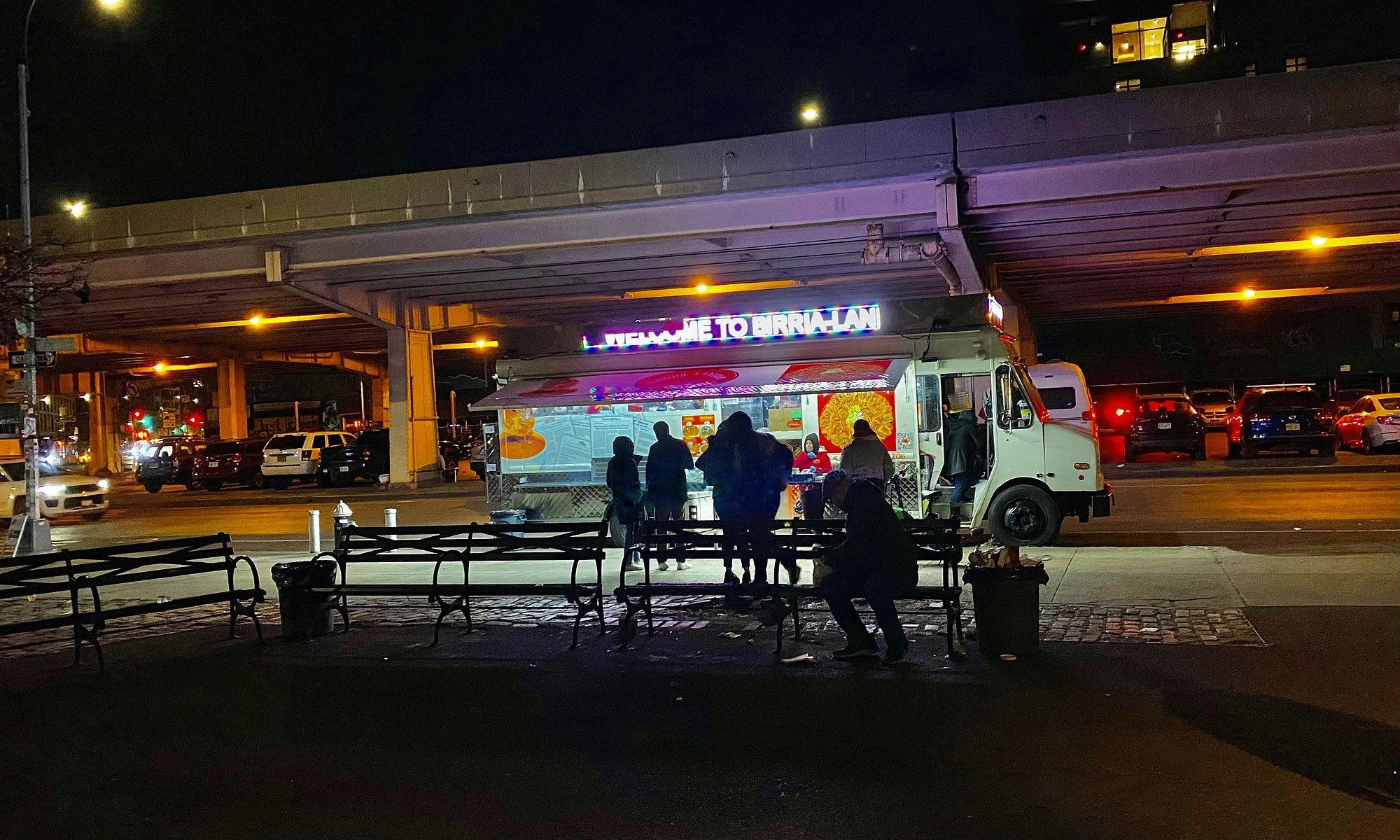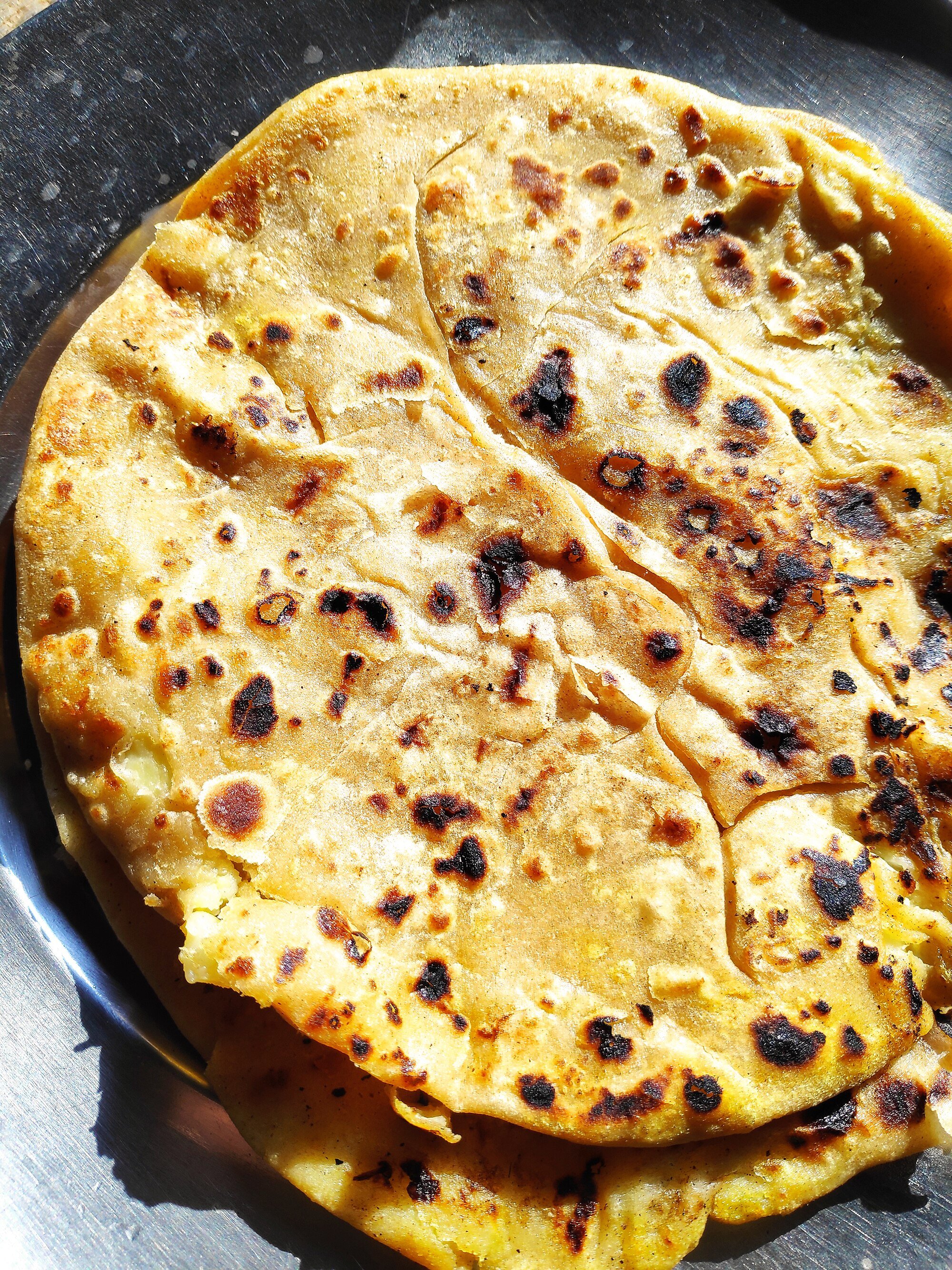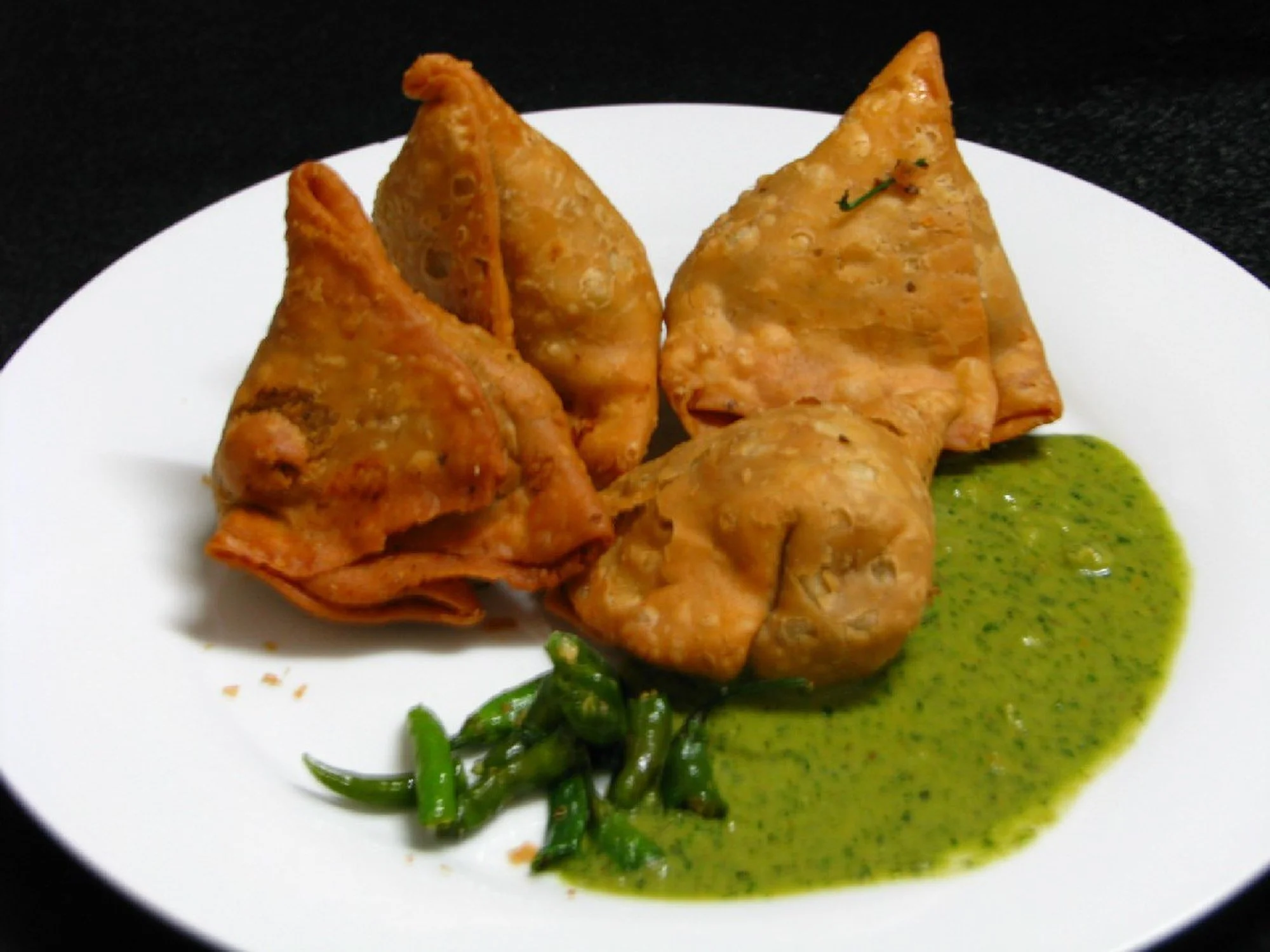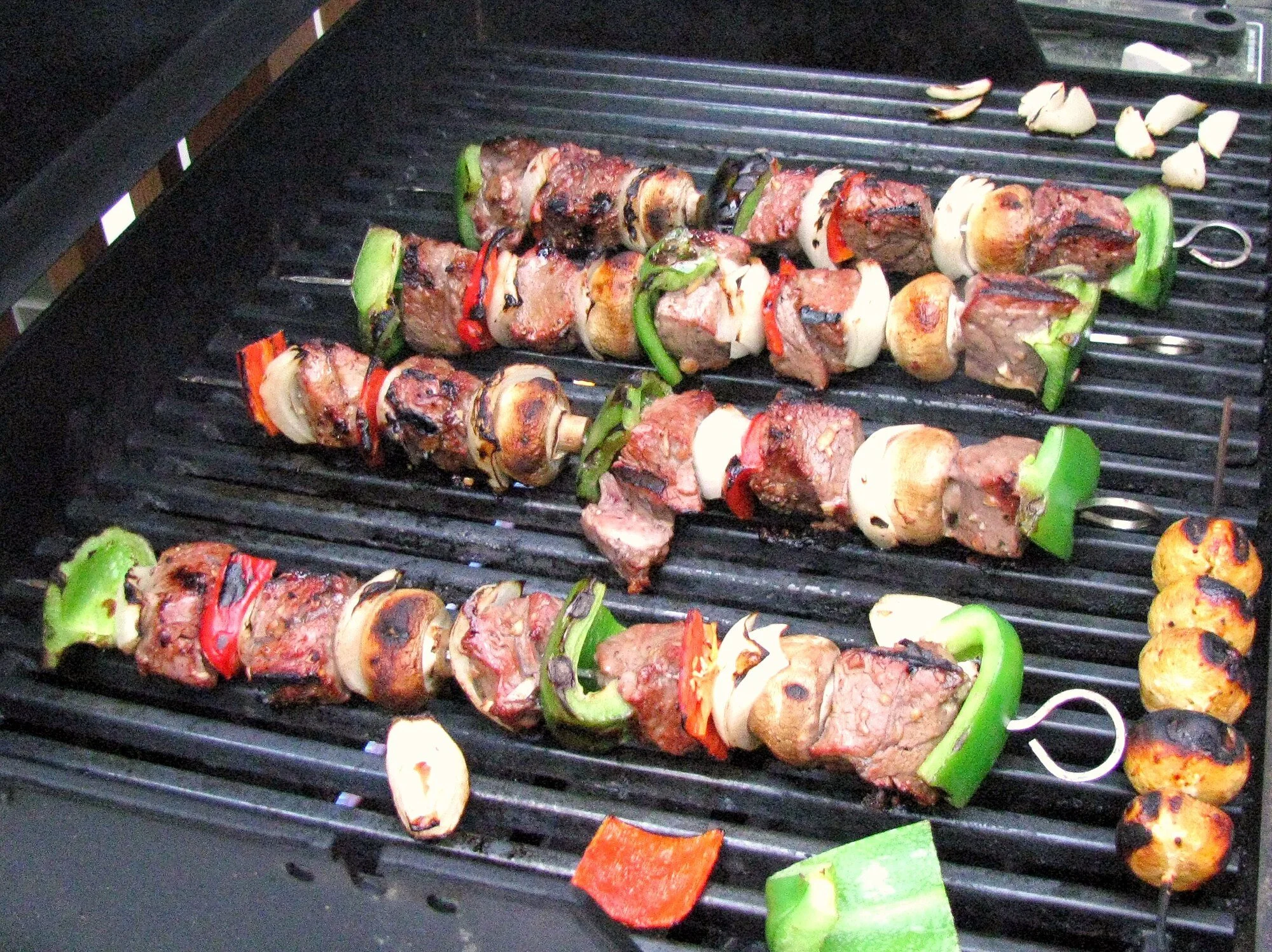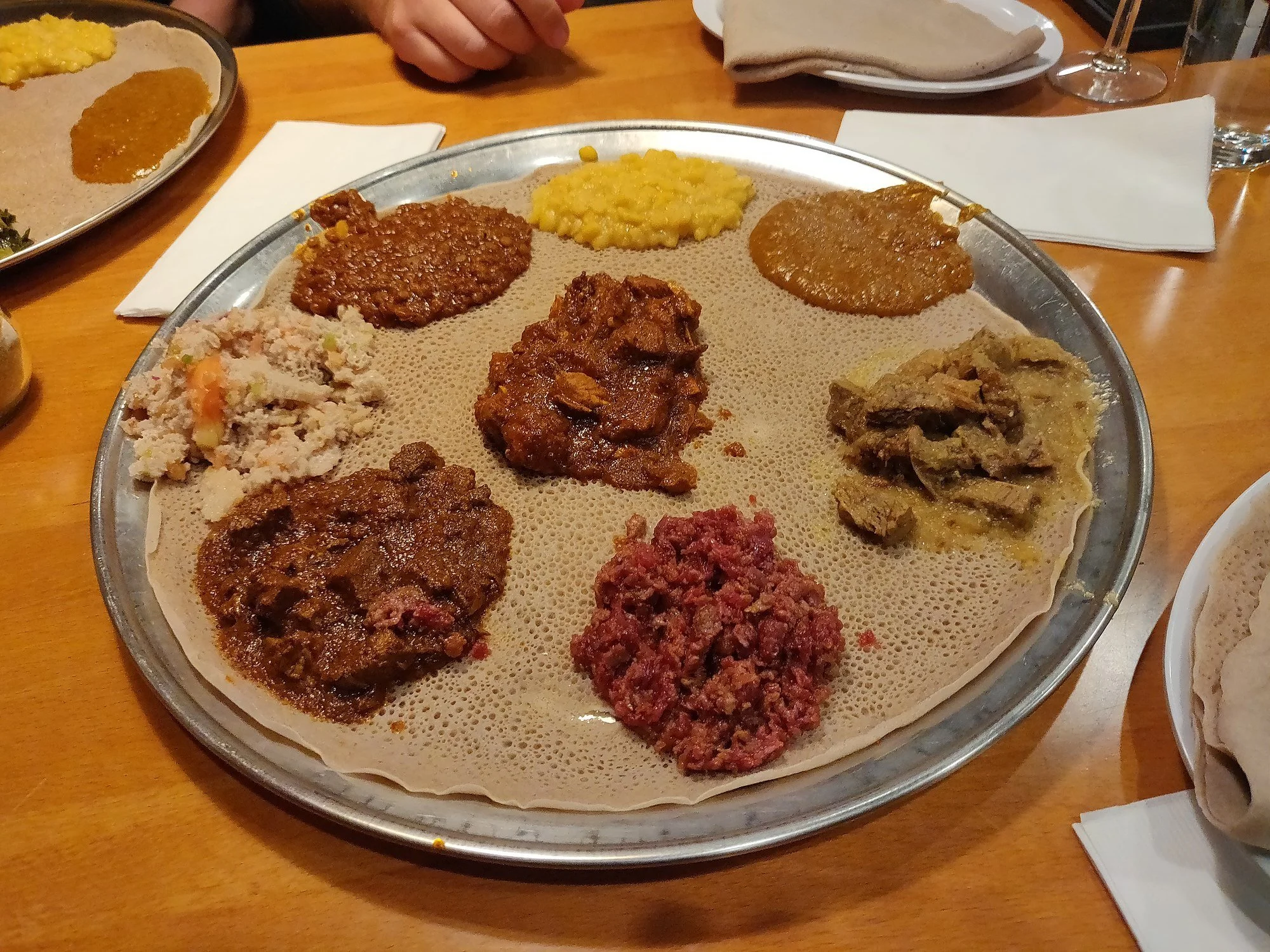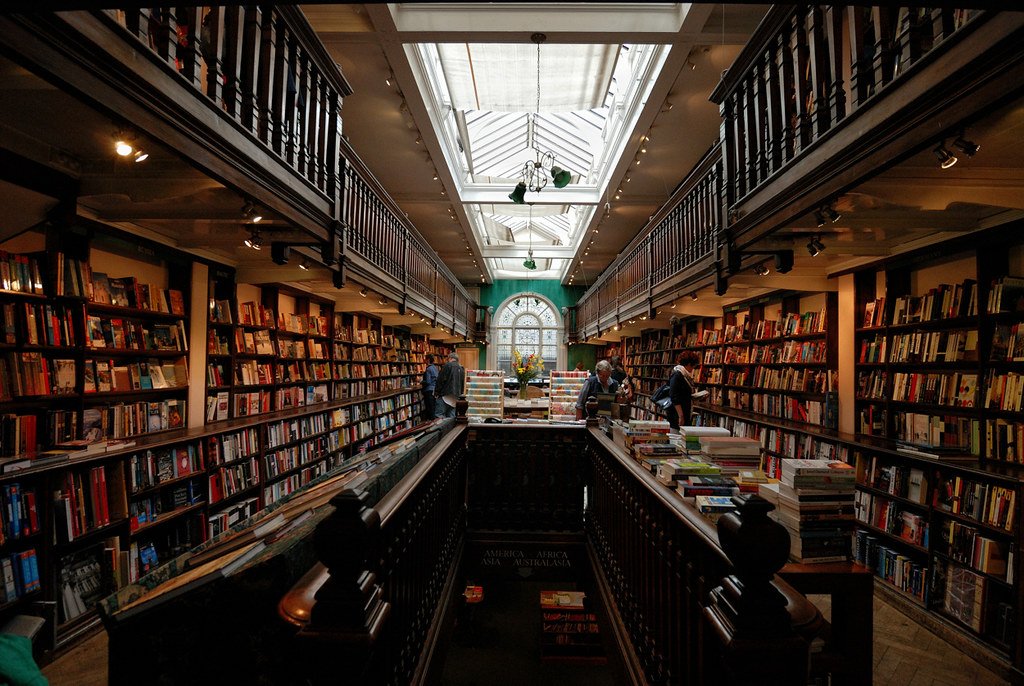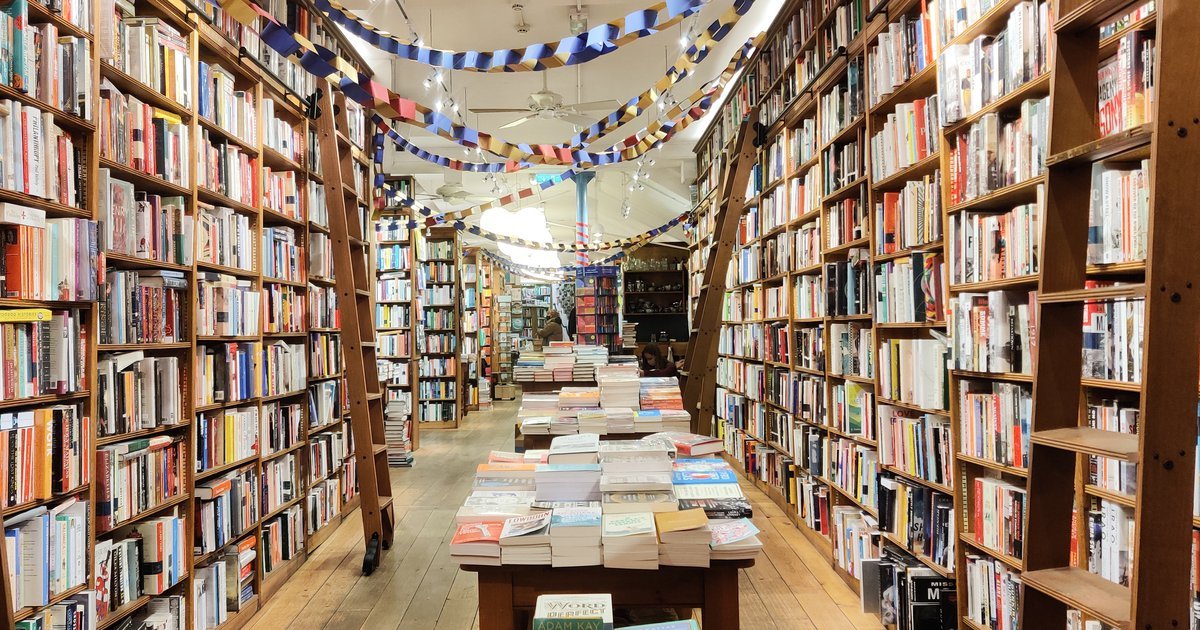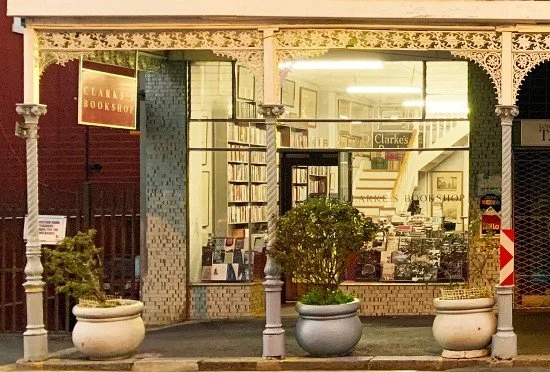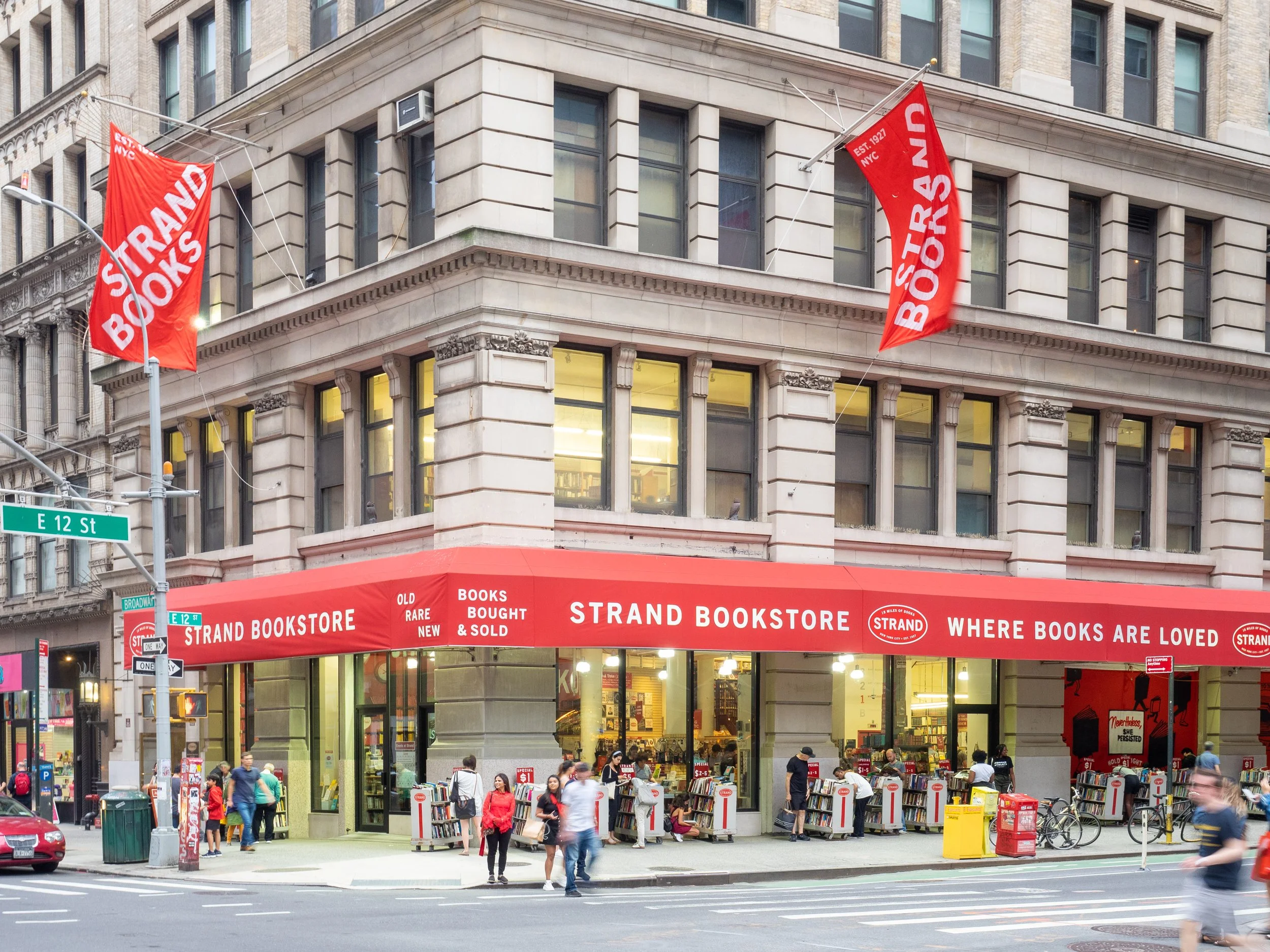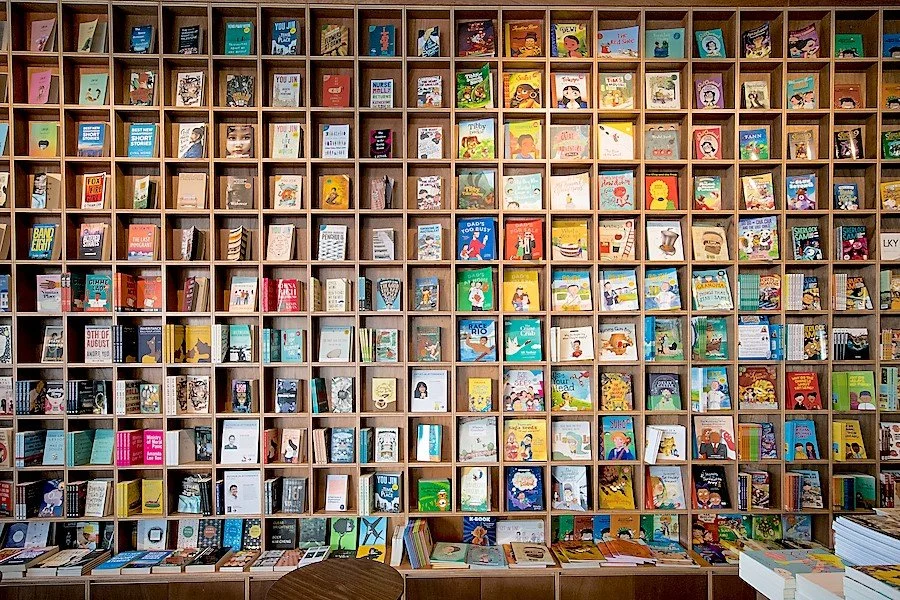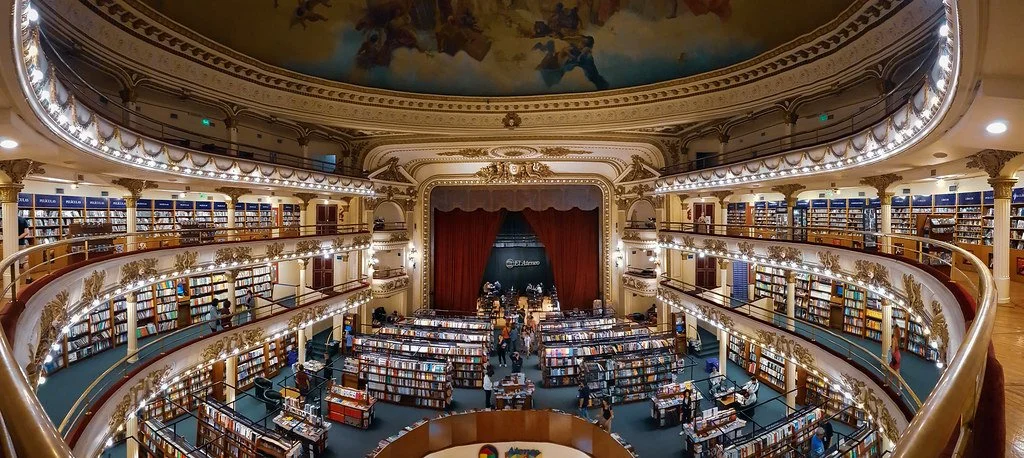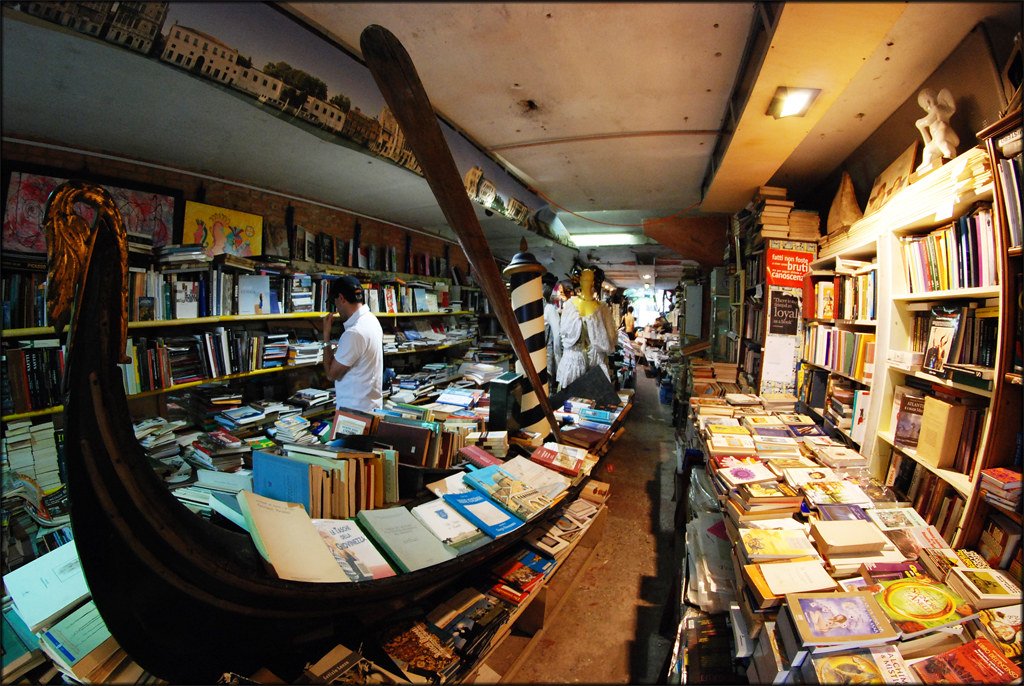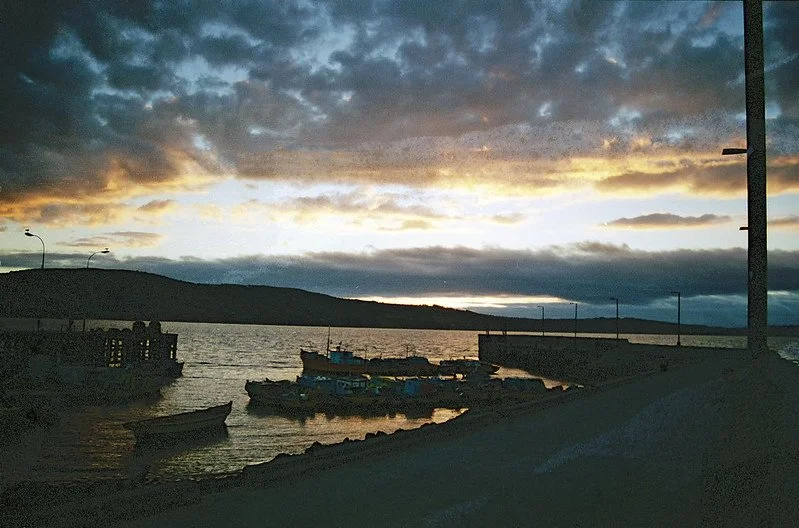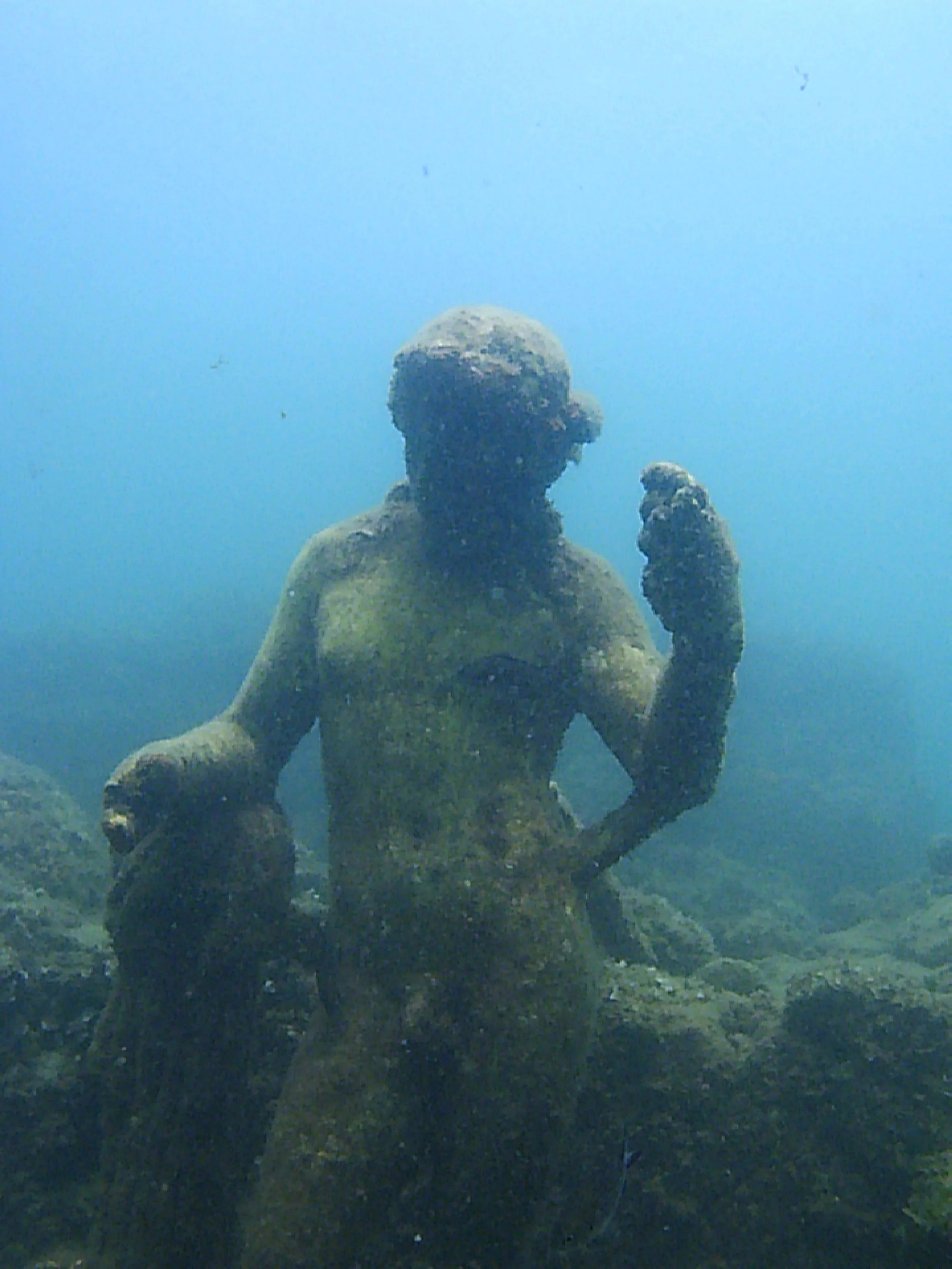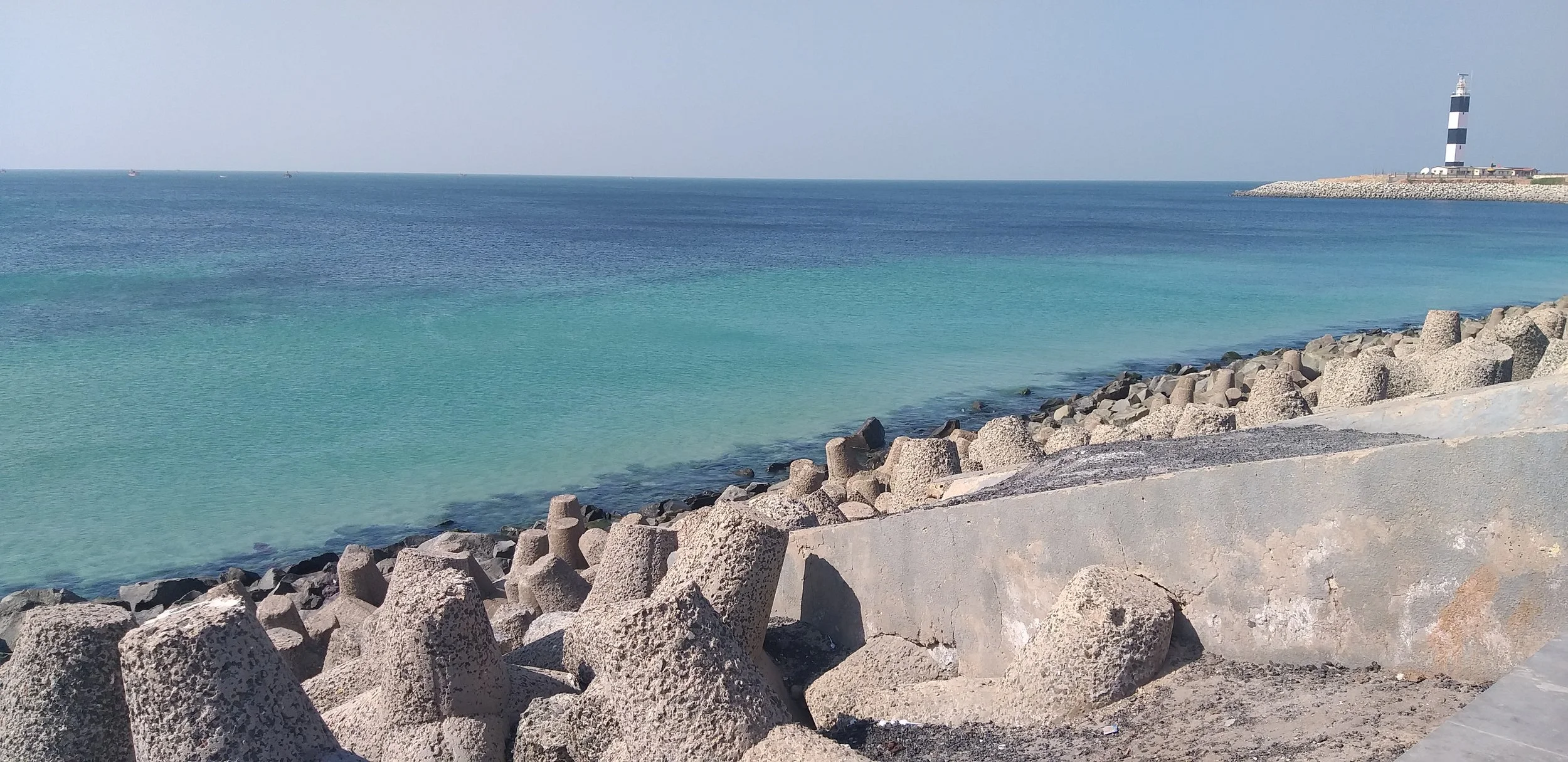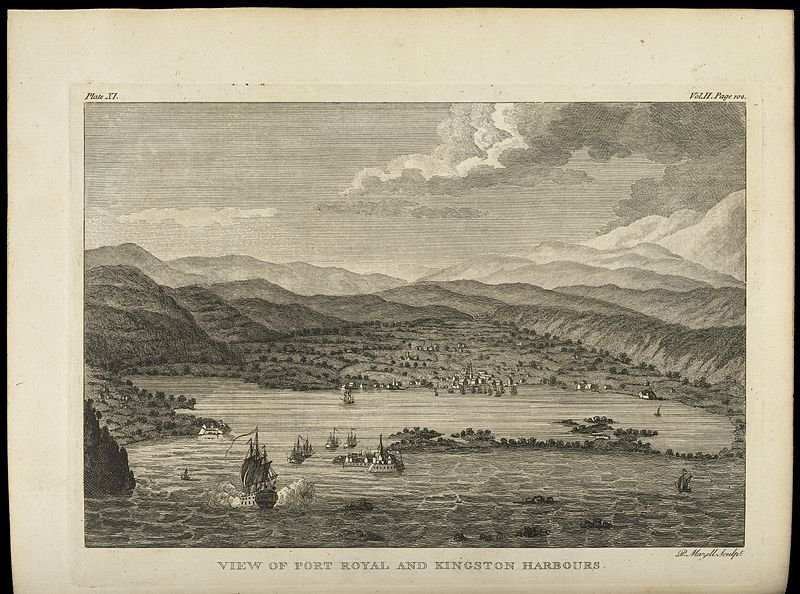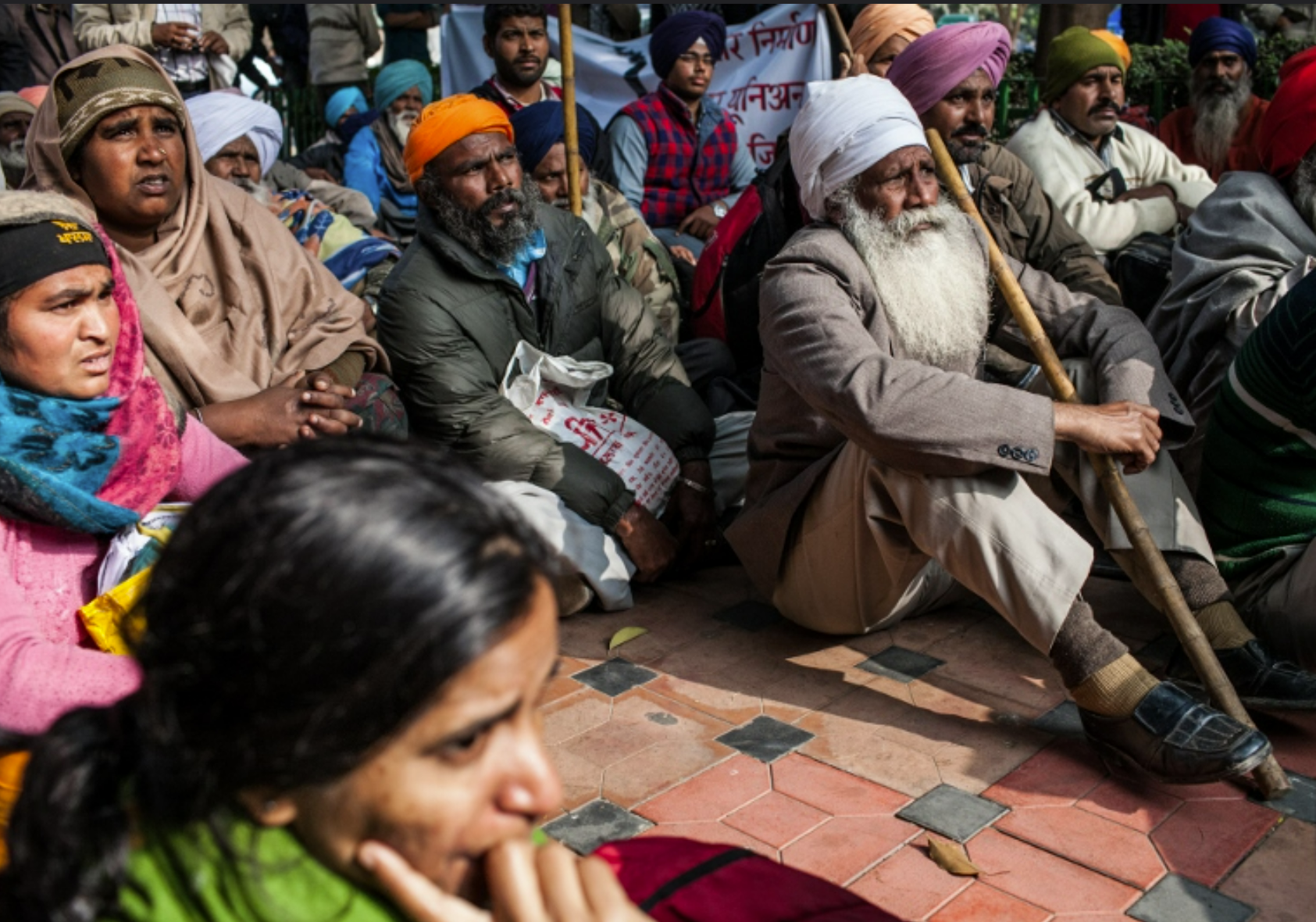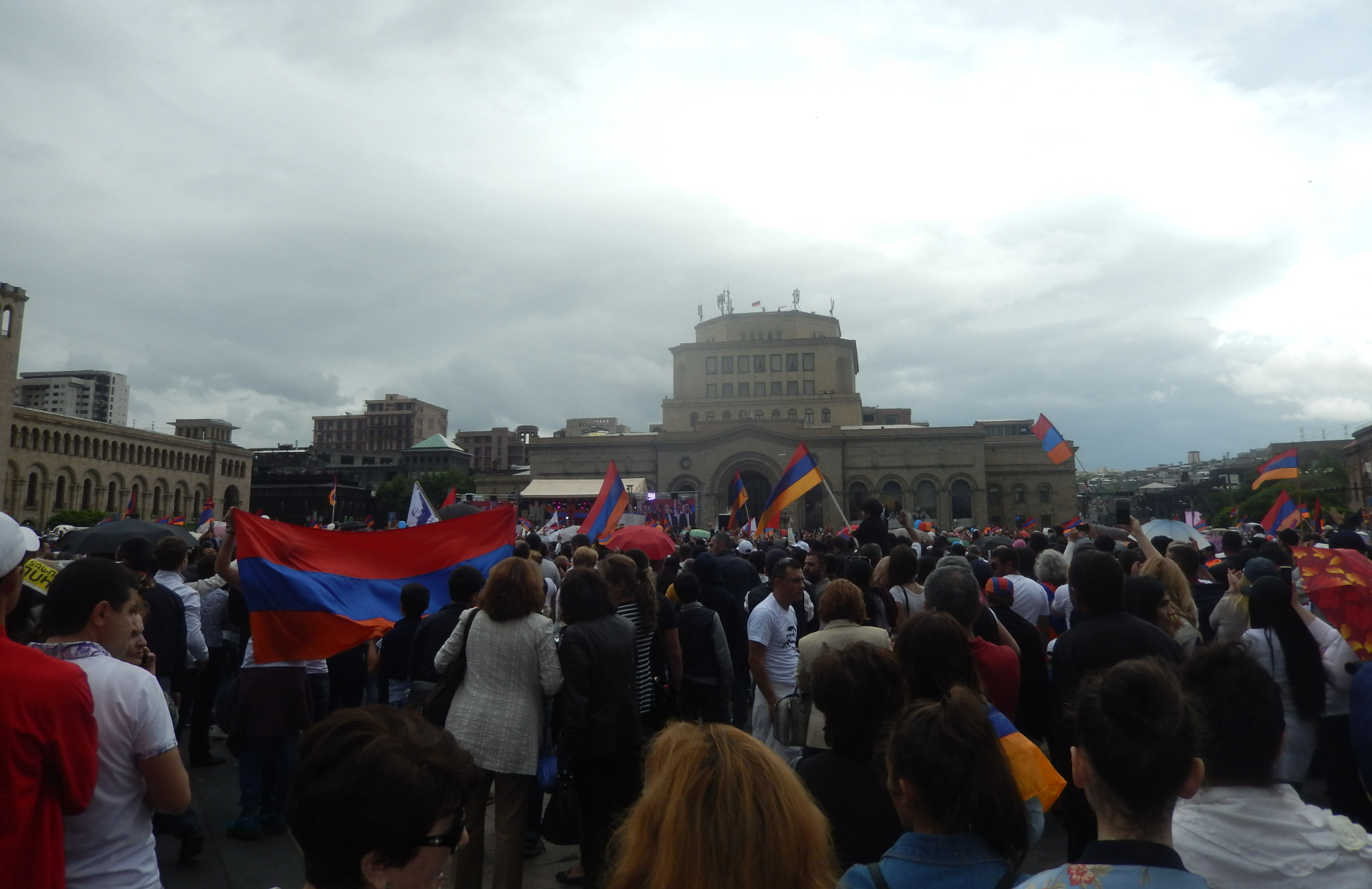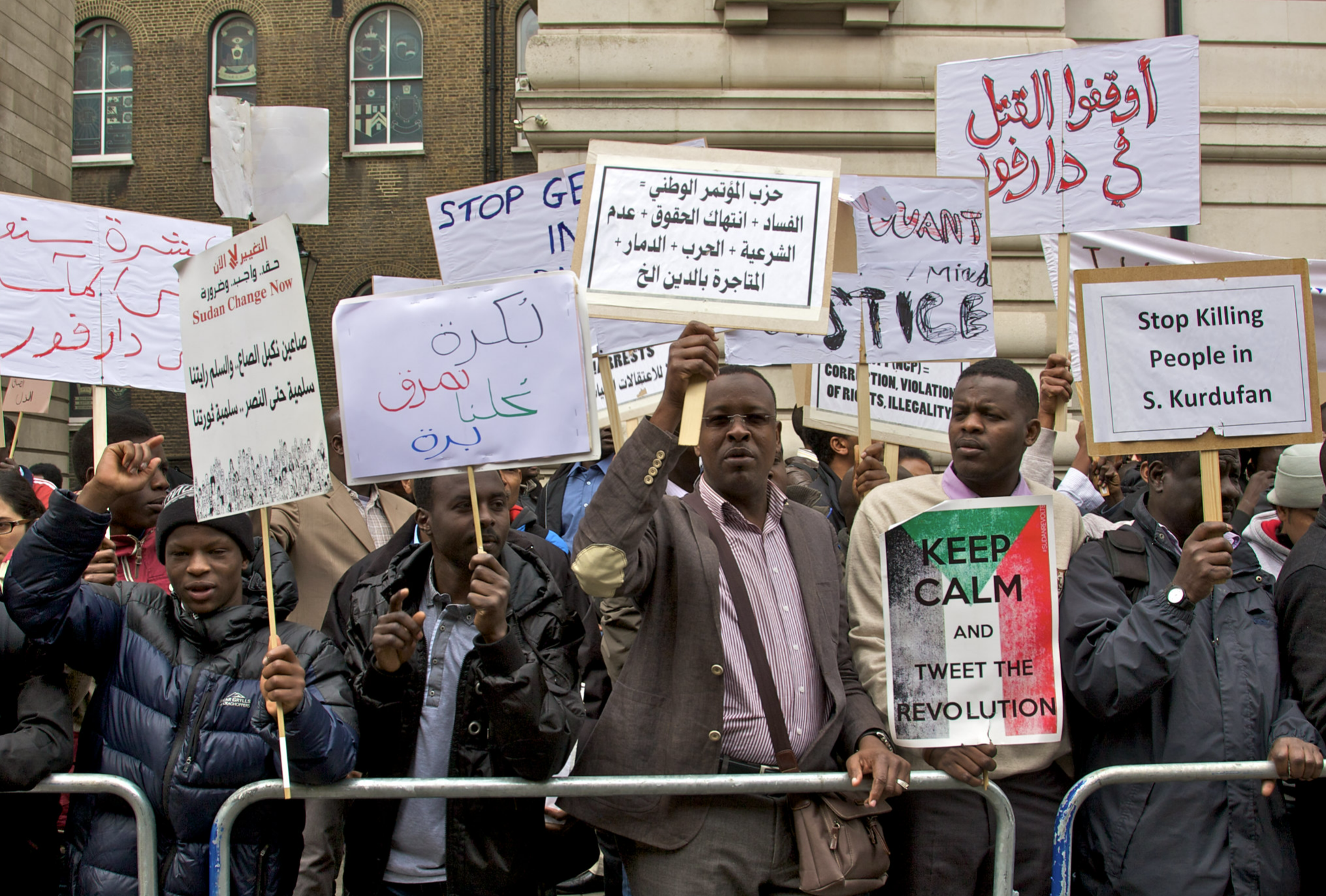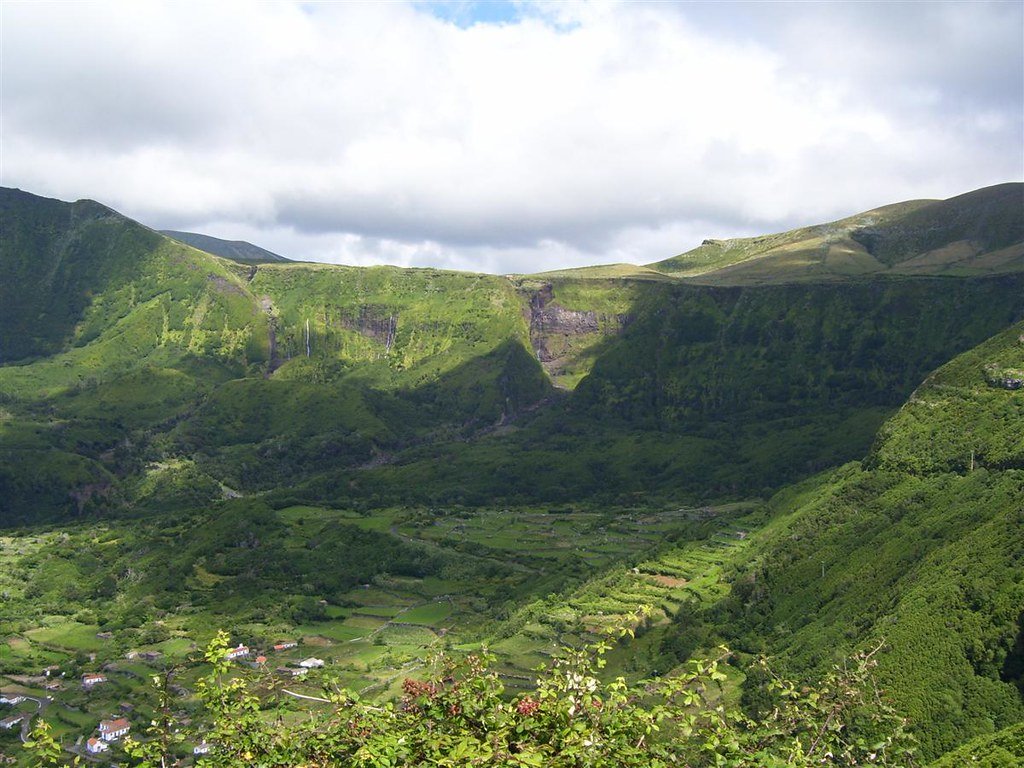From food to music, the mixing of different cultures has influenced some of the world’s most widely enjoyed products and experiences.
Chinatown in Philadelphia. Terry Robinson. CC BY-SA 3.0.
Culture mixing occurs when two or more cultures are represented in a single entity at the same time. Whether a fusion dish from your favorite restaurant, or a Starbucks store at the Great Wall of China, culture mixing is present in many forms around the world. Here are examples of culture mixing today, with some that you may even recognize from your own life experiences.
Food
Bánh Mì. Nsaum75. CC BY-SA 3.0.
The popular Vietnamese sandwich Bánh Mì is an example of cultural fusion, as it combines aspects of both Vietnamese and French cuisine. Most ingredients within the sandwich are traditionally Vietnamese, such as pickled vegetables and mayonnaise. However, this sandwich is also served on a baguette with pâté, which are both French exports. This combination of ingredients from different continents not only creates a delicious meal, but it also brings attention to a historical milestone. The Bánh Mì sandwich was created in the aftermath of the French withdrawal from Vietnam, when liberated Vietnamese people added their own ingredients to the baguettes introduced by the French occupiers. In a way the sandwich has come to represent liberation, making it an important part of Vietnamese culture.
Music
Afro Celt Sound System. Ardfern. CC BY-SA 4.0.
Musical fusion not only captures different cultural rhythms, but it may also inspire the creation of whole new genres. For example, the well-known Western genre of rock-and-roll is a combination of jazz, blues, gospel, and country music. Some musical groups have created their own cultural-fusion projects, such as “Afro Celt Sound System,” a group that combines traditional West African, Celtic, and Western pop music to create a radically original sound. Click below to listen to Fissiri Wali Polka by Afro Celt Sound System.
Dance
Bollywood dance. Pete Souza. CC0 1.0.
Along with music, the fusion of different cultural dance styles have created new genres, some that are well known today. Originating in India, the style of dance used in Bollywood combines traditional Indian, salsa, folk, and belly-dancing, as well as western styles like hip-hop and jazz. The word “Bollywood” is even a fusion itself, a portmanteau of the words “Bombay,” an Indian city now known as Mumbai, and “Hollywood.” This form of dance is popular in Indian films, and is used as a form of fitness worldwide.
Neighborhoods
Socrates statue in Athens Square Park, Astoria, NY. Tdorante10. CC BY-SA 4.0.
From Chinatown to Little Italy, New York City is the home to many cultural neighborhoods that capture elements of both American and international cultures. Astoria is a great example of this, as it is home to many Greek restaurants and shops, and yet never forsakes the Big Apple’s traditional architecture. There is even an “Athens Square Park” in the neighborhood, with columns that resemble ones from ancient Greece, along with monuments of significant Greek figures of history and myth, such as the philosopher Aristotle and the goddess Athena.
Fast Food Restaurants
Former Forbidden City Starbucks. Hintha. CC BY-SA 3.0.
Whether it be McDonalds or Starbucks, American fast food chains have made their mark internationally, often appearing in places with historical and cultural significance. There is a Starbucks store located at the Great Wall of China, and there was once one in the Forbidden City at the Imperial Palace. However, the Forbidden City store was removed in 2007 due to controversy surrounding the appropriateness of having it in a place so central to Chinese history and culture.
Being exposed to different cultures can inspire people to learn about customs other than their own, creating a more culturally-aware society. Also, the fusion of cultures has spawned new traditions that are enjoyed both locally and globally. However, as shown through the removal of the Imperial Palace Starbucks, amalgamation is not without its challenges. Research has revealed that feelings of intrusiveness may arise in people who feel that their culture is being threatened by outside forces. Culture influences the way people view and interact with the world, which is why it is important to be conscientious about respecting individual cultures when engaging in any form of culture mixing.
Alexandra Copeland
Alexandra Copeland is a student at The College of New Jersey studying psychology and journalism. She is a lover of coffee, dancing, and visiting new places. Being raised with her Greek culture has inspired her interest in cultural customs around the world. She is a passionate writer and hopes that her work will make an impact in the future.

